 Abraham Lincoln
If given the truth, the people can be depended upon to meet any national crisis...
Abraham Lincoln
If given the truth, the people can be depended upon to meet any national crisis...
 Guildford news...
for Guildford people, brought to you by Guildford reporters - Guildford's own news service
Guildford news...
for Guildford people, brought to you by Guildford reporters - Guildford's own news service
Birdwatcher’s Diary No.192
Published on: 28 Jul, 2019
Updated on: 28 Jul, 2019
By Malcolm Fincham
Keeping up to date with my reports had begun to fall shamelessly behind. Pleasant weather had created quite an addiction. Choosing to spend my time searching the countryside left little time to sort through photos I had recently taken.
Thoughts of the mammoth task of sorting through my recently recorded sightings was eventually overtaken by guilt. I have now reduced my photos to a brief synopsis of mostly new sightings for this year during the first two weeks of July.
On Bookham Common, on July 1, I recorded my first silver-washed fritillary of the year. Also adding white admiral to my year’s listings.
Several red admirals had now also begun to emerge in good numbers, having seen very few prior to June.
Large skipper butterflies had also begun to emerge.
The first week of July is prime time to see the purple emperor. Although not having the fortune of seeing any settled on the ground this year, I was able to locate them at several sites, dogfighting around the canopies of their master trees at Bookham Common.
And also seeing them during the first week of the month in Chiddingfold Forest, and at Sheepleas near East Horsley.
I also had the opportunity of seeing them when invited by good friend Bob on a visit to Knepp Castle Estate in West Sussex. There we counted more than 40 during our circular walk.
In one particular oak tree counting as many as four purple emperors and a red admiral feeding on a sap-run in one of its lower boughs.
A reintroduction scheme of white storks can also be viewed there. An impressive bird that once used to grace many locations around the UK.
The fortune of seeing them saved itself to near the end of our visit.
At least seven could be viewed, circling overhead, increasing in altitude as they did so, eventually seen as just dots in the sky.
By the lake, where I had expected to see them, Bob caught sight of a family of spotted flycatchers.
My attentions were on a rather large carp as it breached the water.
Feeling rather dehydrated from the heat of the day, I volunteered to top up our water bottle while bob took a different direction back to his car to open its doors to let some of the heat disperse. No more than five minutes after parting from him, while glancing over a picket fence I noticed a dove perched on a wire. To my surprise it was a turtle dove!
 I took a few pictures while attempting to phone Bob on my mobile. Fortunately it was still there when he arrived, now feeding on the ground in the garden.
I took a few pictures while attempting to phone Bob on my mobile. Fortunately it was still there when he arrived, now feeding on the ground in the garden.
Another elusive species of butterfly “buzzing” around the oaks and worth looking out for at this time of the year are purple hairstreaks. Rarely noticed as they often fly high in the canopy of their favoured trees.
Only in recent years have I taken time to check them out, finding them at several local sites during the first weeks of July I had previously overlooked. These include Whitmoor Common and the Riverside Nature Reserve.
Other outings included another trip to Farlington Marshes on July 12. Three young avocets could now be viewed. Still protected by their parents, seeing off any gulls that should ventured anywhere near them.
Gatekeeper butterflies had begun to emerge in good numbers on the brambles by the seawall.
Black-tailed godwits had begun to grow in number, most still in summer plumage.
A Mediterranean gull could be also seen, still in its summer outfit.
A flock of oystercatchers flew overhead.
While the common tern chicks were now close to fledging.
At Pagham in West Sussex a few days later a second brood of holly blue butterflies had begun to emerge.
Several peacock butterflies looked in pristine condition.
While green-veined whites were also “back on the scene”.
The painted lady butterflies that had arrived at the end of June, had begun to look rather tired.
In the Ferry Pool several large mullet could be seen, swimming in the shallow water.
A common sandpiper could be viewed. Close by was a greenshank.
While a spotted redshank was still displaying its black, spangled, summer suit and always a treat to see.
Sandwich terns continued to fly back and forth along the coastline at Selsey Bill, often carrying a fish.
While watching a cormorant fly low across the sea as we spent a spell relaxing in the warm sunshine.
At Whitmoor Common, just north of Guildford, I’ve been keen on finding new sightings as close to home as possible. I was delighted to stumble upon a family of common redstarts.
A pair of bullfinches could be heard in contact with each other. On looking up, the male watched me in a curios manner, as if I might have been the topic of their conversation?
Great spotted and green woodpeckers could be heard.
Treecreepers continued to let their presence be known in the woodland areas.
While a family of common whitethroats could be “picked-out” in an area of gorse.
Cinnabar moth caterpillars could also be found in their “stripey pajamas”, feeding on ragwort.
Looking north from the hillside of Sheepleas, on the North Downs above West Horsley, the London skyline could be viewed through the heat haze.
Along with purple emperors there, I was also able to add dark-green fritillary to this year’s butterfly sightings. A challenge to photograph as they are often in constant flight. Eventually one settled for long enough to get a few pictures.
Hummingbird hawk-moths are also a bit of a challenge to photograph. Having seen two this month at Clandon Wood Burial Ground, my third attempt at Sheepleas turned out a little more successful.
A female ruddy darter posed well enough for a few photos too.
Marbled white butterflies had now come to the peak of their season, with plenty there to view.
Also adding a few photos of a silver-washed fritillary.
As well as my first sightings this year of ringlet butterflies.
The sound of a marsh tit interrupted my search for butterflies. I then saw it, close by.
Ending my day there with a common buzzard as it flew low over the field where I stood.
On July 8 I was alerted by good friend Dougal that a great white egret had made an appearance at Tice’s Meadow near Tongham.
Still a rarer sighting than little egrets, they have found a a niche in the food chain in the UK and have even started to breed here.

Great white egret. Once a rare sight in the UK, but now regularly reported since first breeding on the Somerset Levels in 2012.
With the addition of Bob, we decided to pay it a visit. It was the first one I had seen in Surrey.
A short video taken by, fellow birdwatcher Shaun, can be viewed on YouTube.
Another species rarely seen in Surrey was also present that day and for several more. Out on the water was a female common scoter, usually seen as large bobbing rafts offshore at sea.
Meanwhile, common terns still raising young there continued to be enjoyed.
At the Riverside Nature Reserve by the middle of July starlings had begun to grow in their number, flocking together on the pylon and wires early in the evening near Stoke Lock. Jackdaws continued to gather in the trees a little further down river.
I saw my first kingfisher since May, as it flew across the lake, eventually perching up for a few moments on a branch that poked out over the water on the island.
I discovered several purple hairstreaks “dogfighting” over an oak tree by the lake. A sight I must have overlooked on so many past occasions, but so plain seen when looked for.

Click on cartoon for Dragon story: Public Asked for Views on SCC’s Proposal for Reduced Speed Limits



Recent Articles
- Letter: Recreational Rowing Might Be the Answer
- Breast Screening Unit Comes To RHS Wisley
- Final Phase of Deepcut Redevelopment Approved
- GuilFest Returns to Stoke Park with Global Names and Local Soul
- Exercise May Aid Body’s Immune Response Against Cancer, Pilot Study Finds
- Letter: How Surveys of Public Opinion Should Be Organised
- Updated: Catapult Attacks, Shoplifting and Graffiti – the ASB Problem That Ash Is Facing
- A281 Closure Expected to Continue
- Guildford’s Green Day Shows Commitment to Net Zero by 2030 Remains
- Letter: We Should All Have a Say in How Our Local Government Is Reorganised


Search in Site
Media Gallery
Dragon Interview: Local Artist Leaves Her Mark At One of England’s Most Historic Buildings
January 21, 2023 / No Comment / Read MoreDragon Interview: Lib Dem Planning Chair: ‘Current Policy Doesn’t Work for Local People’
January 19, 2023 / No Comment / Read MoreA3 Tunnel in Guildford ‘Necessary’ for New Homes, Says Guildford’s MP
January 10, 2023 / No Comment / Read More‘Madness’ for London Road Scheme to Go Ahead Against ‘Huge Opposition’, Says SCC Leader
January 6, 2023 / No Comment / Read MoreCouncillor’s Son Starts Campaign for More Consultation on North Street Plan
December 30, 2022 / No Comment / Read MoreCounty Council Climbs Down Over London Road Works – Further ‘Engagement’ Period Announced
December 14, 2022 / No Comment / Read MoreDragon Interview: GBC Reaction to the Government’s Expected Decision to Relax Housing Targets
December 7, 2022 / No Comment / Read MoreHow Can Our Town Centre Businesses Recover? Watch the Shop Front Debate
May 18, 2020 / No Comment / Read More



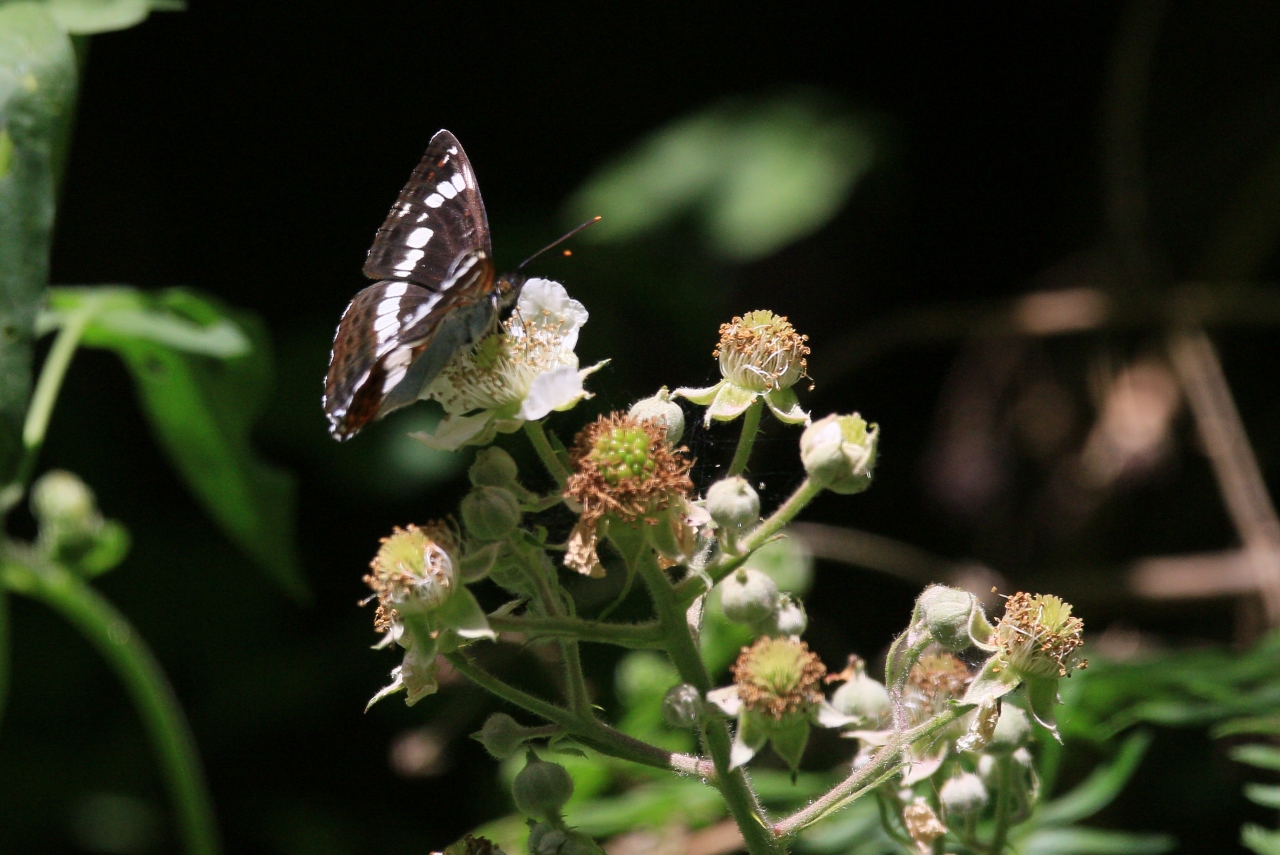
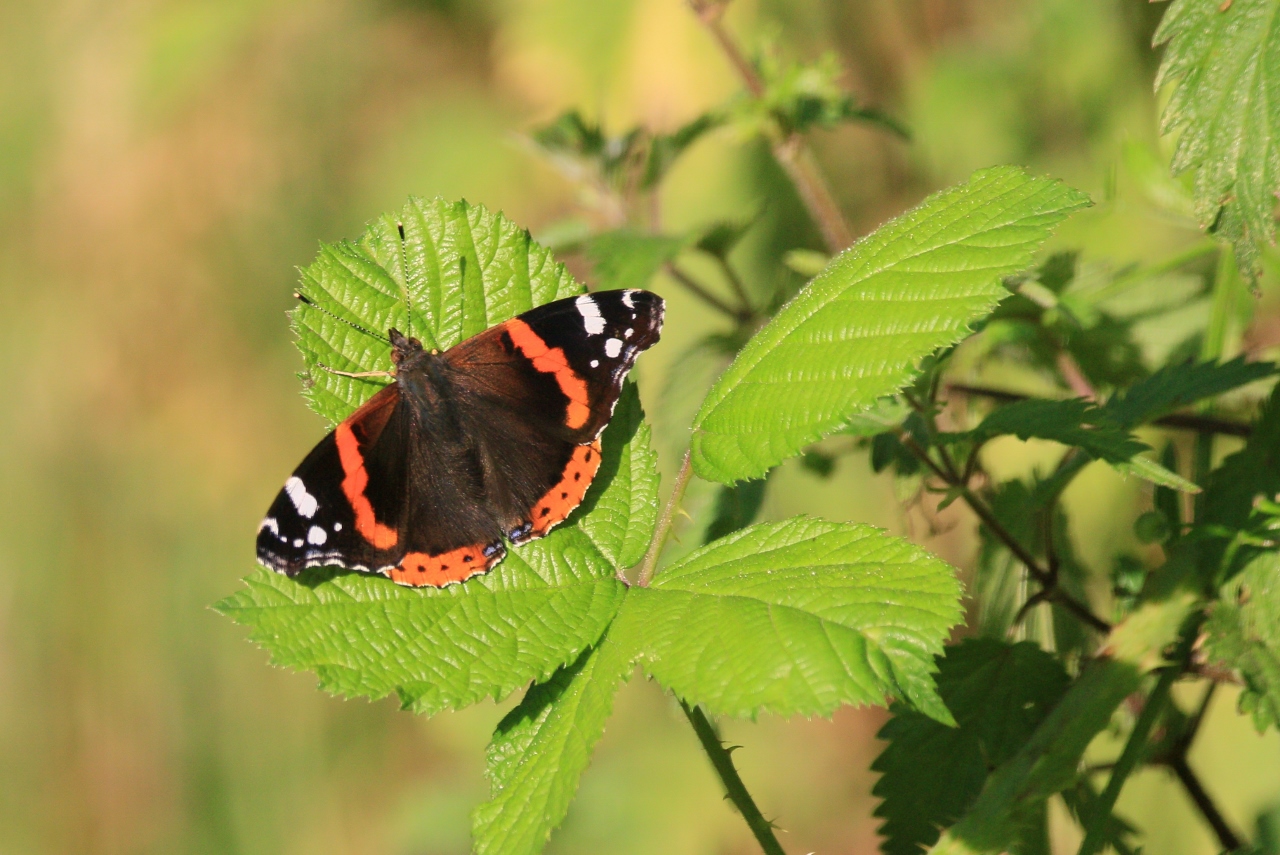
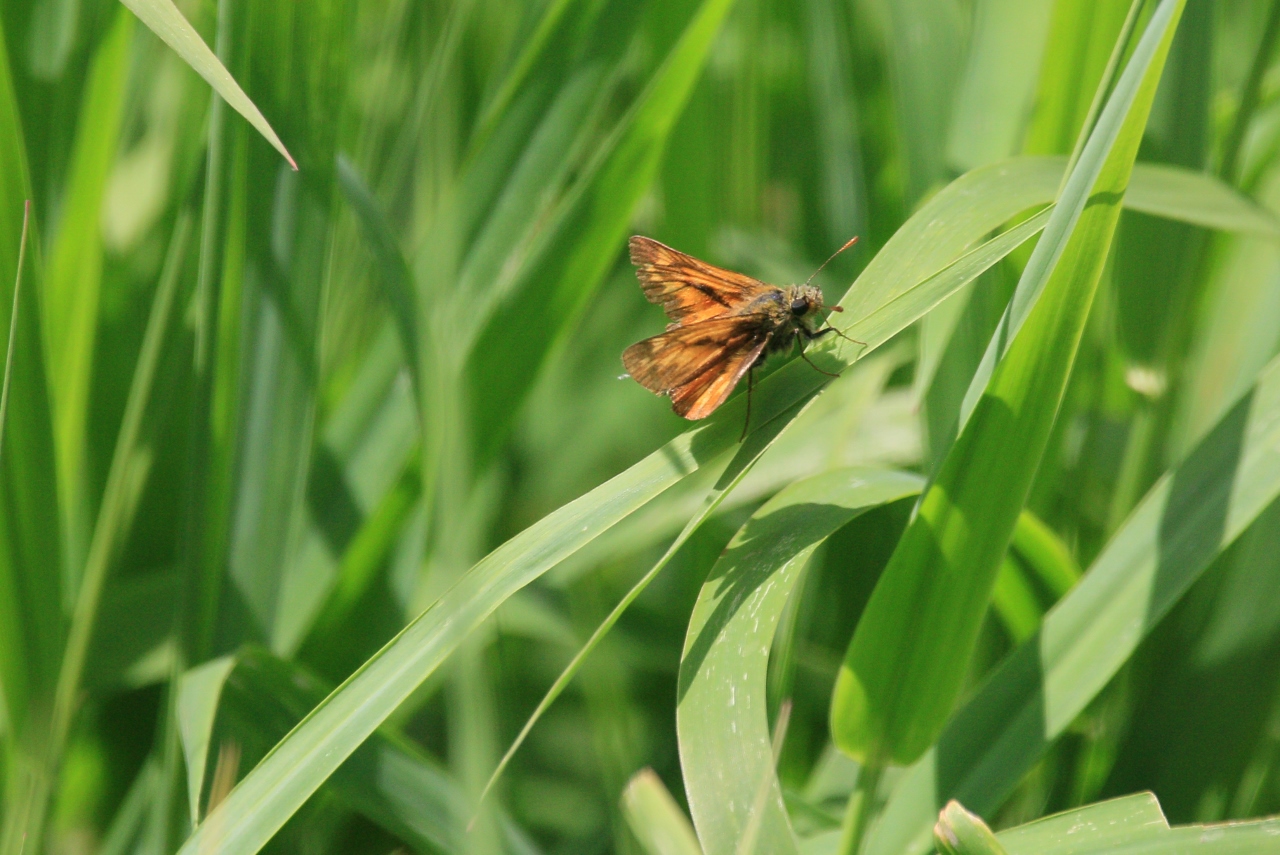

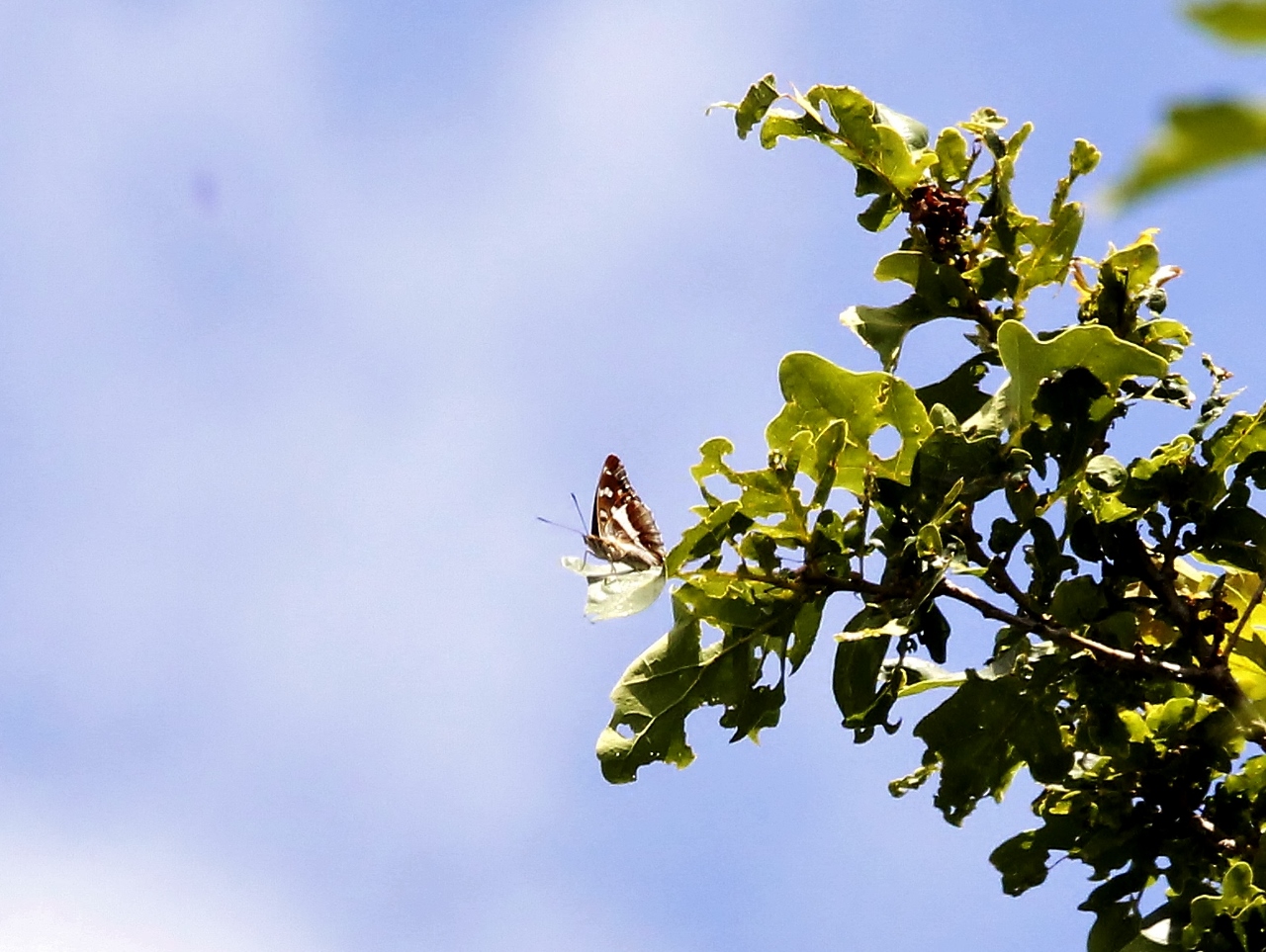

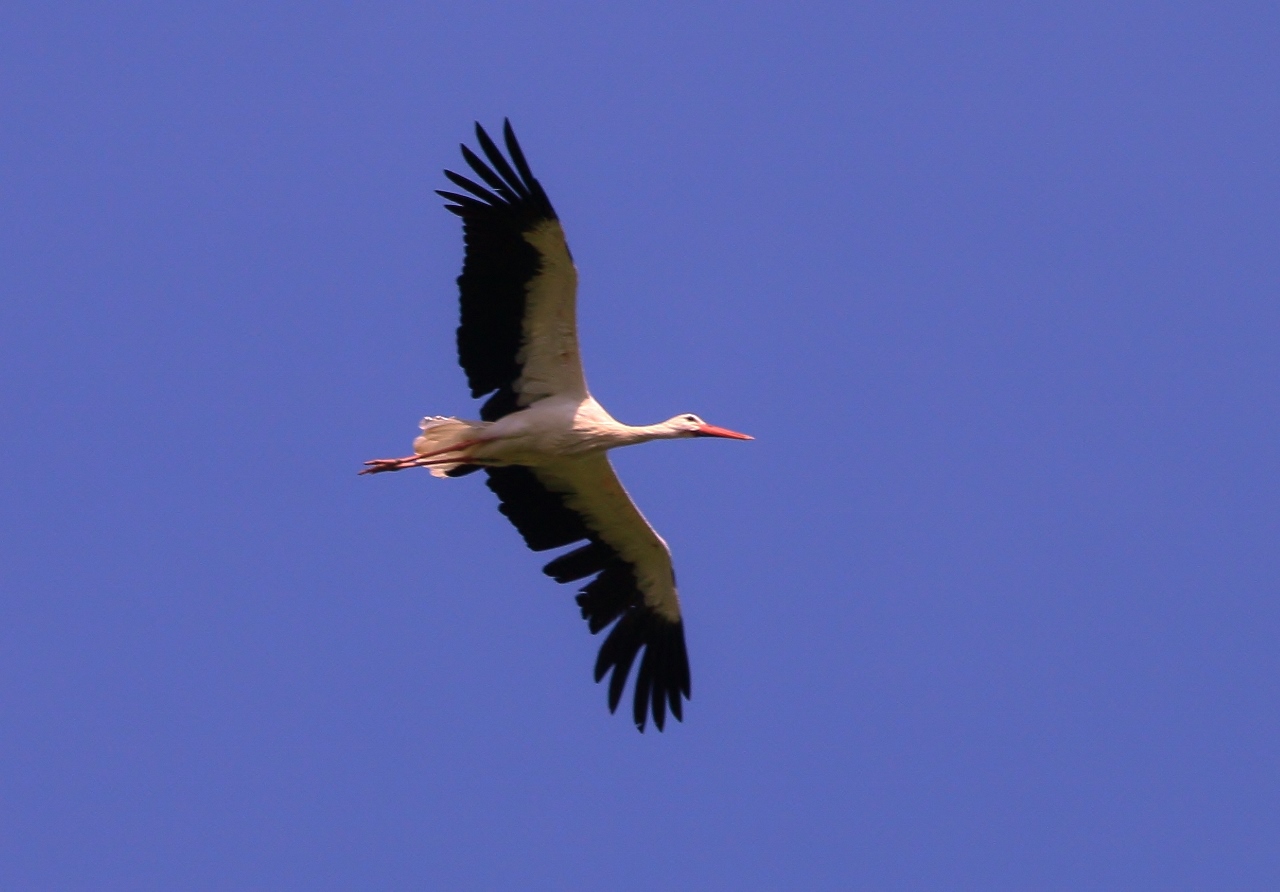
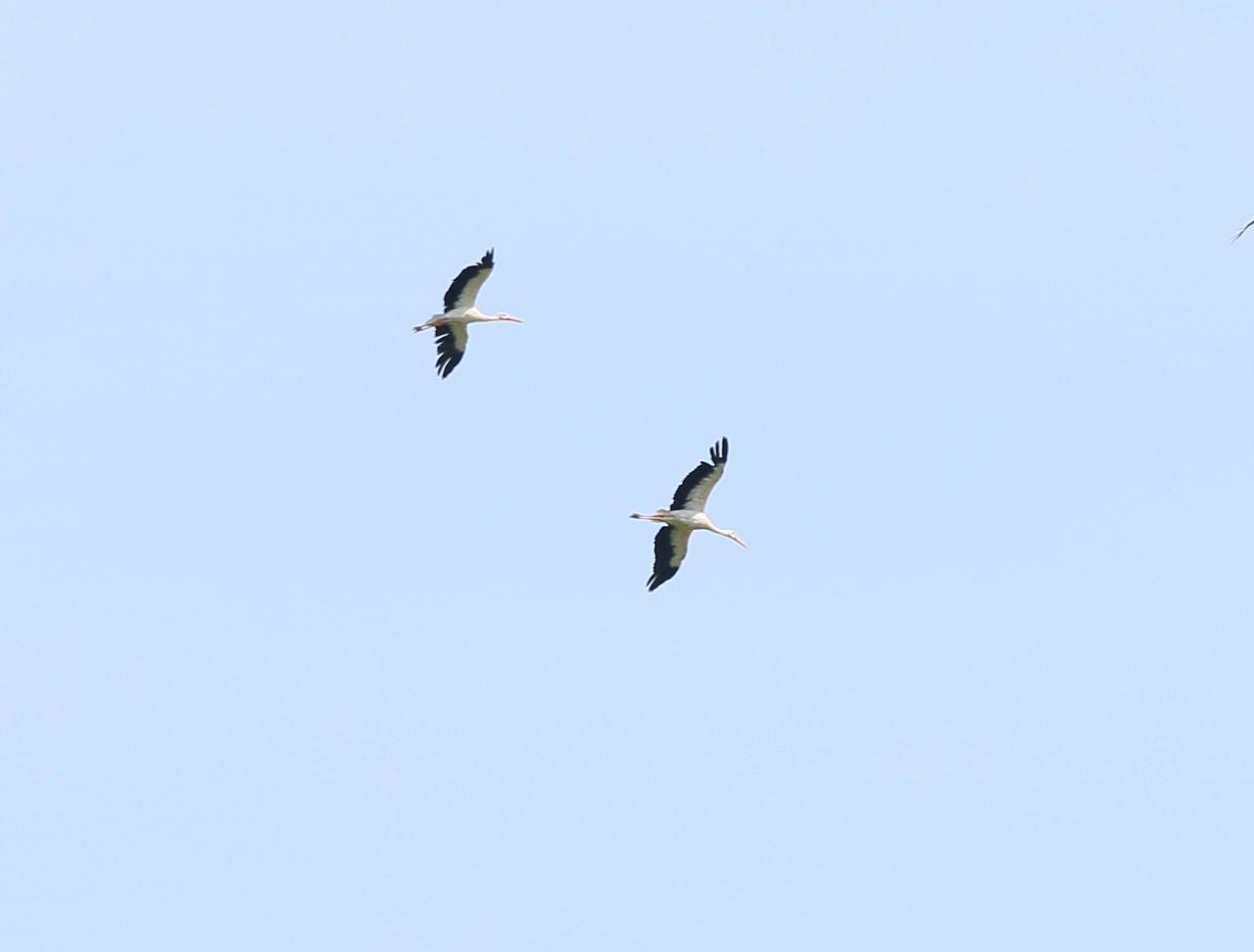
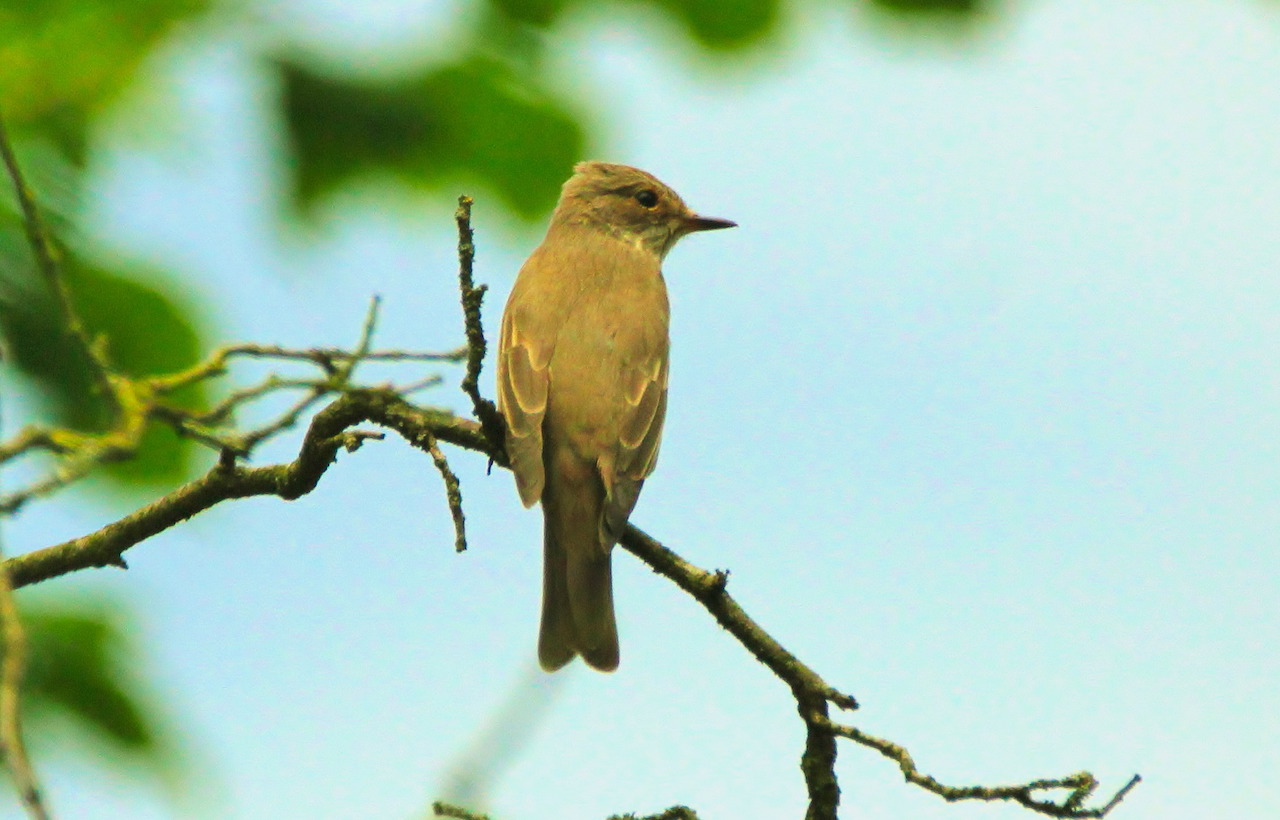
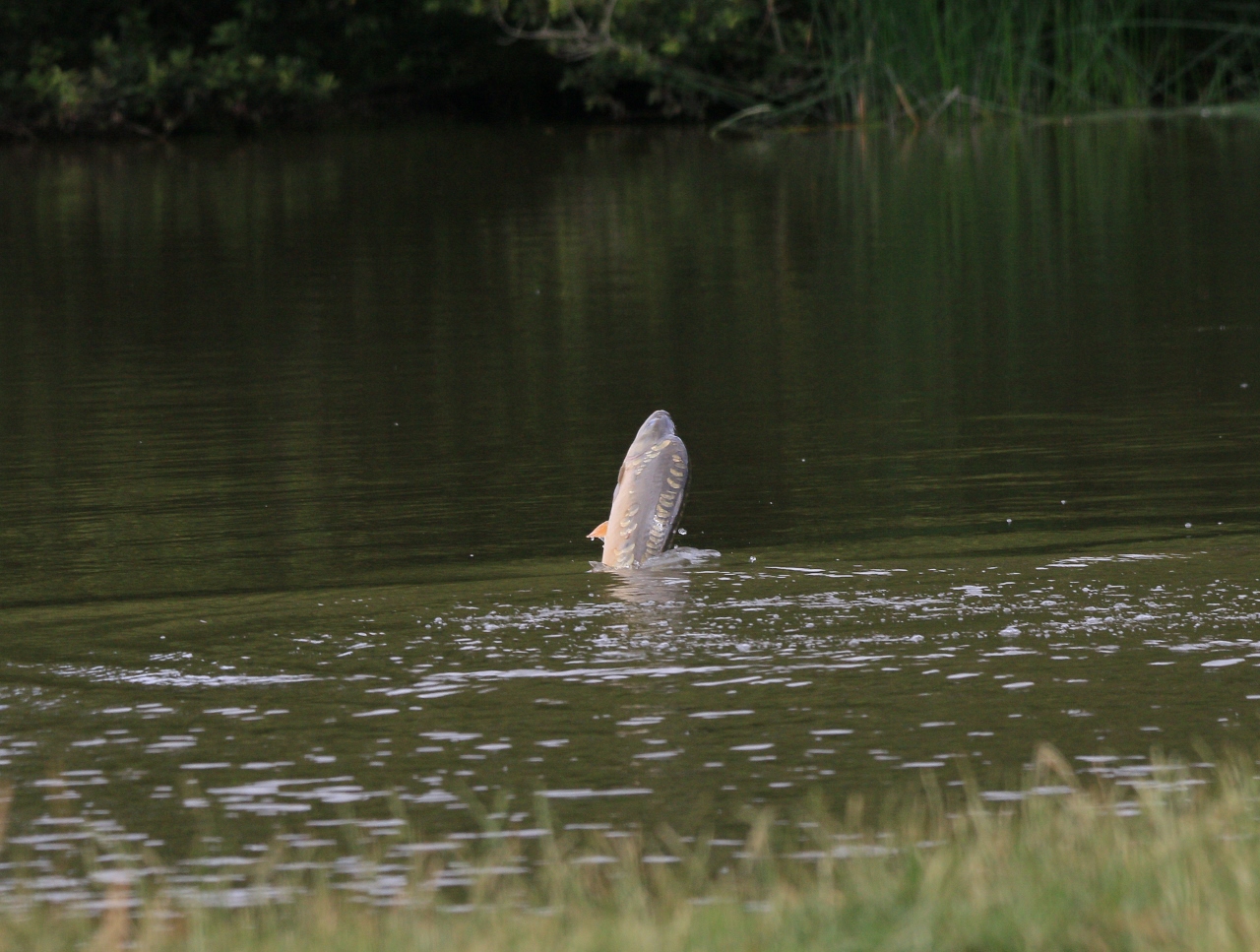
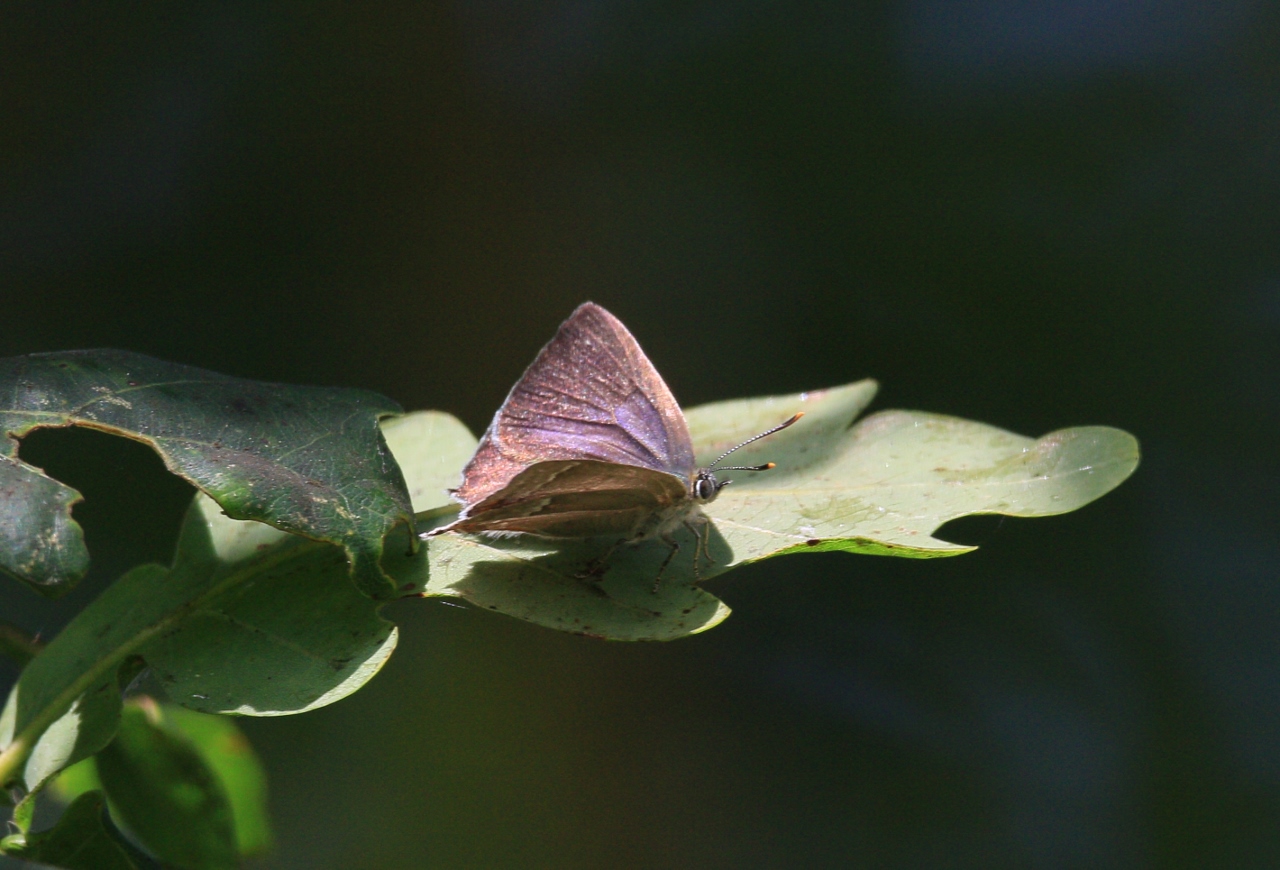

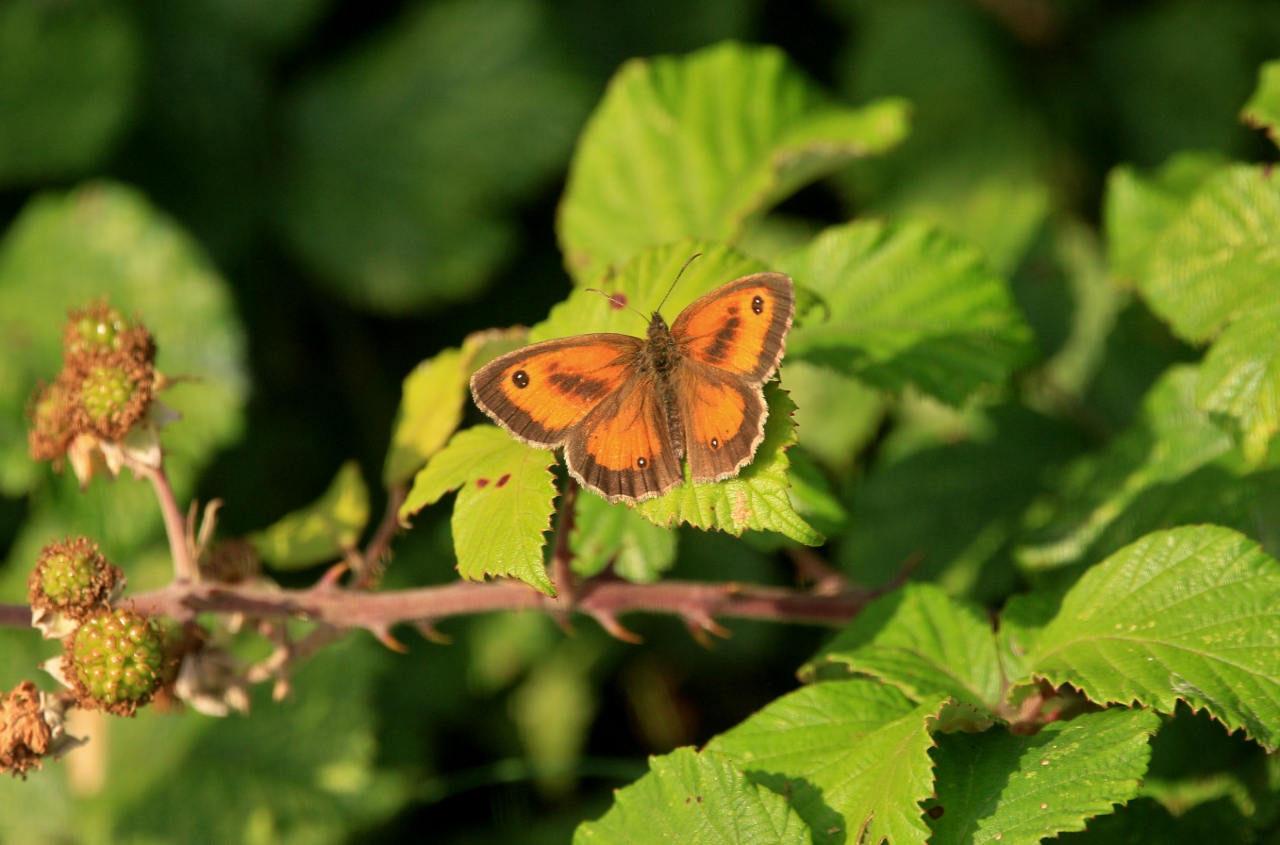
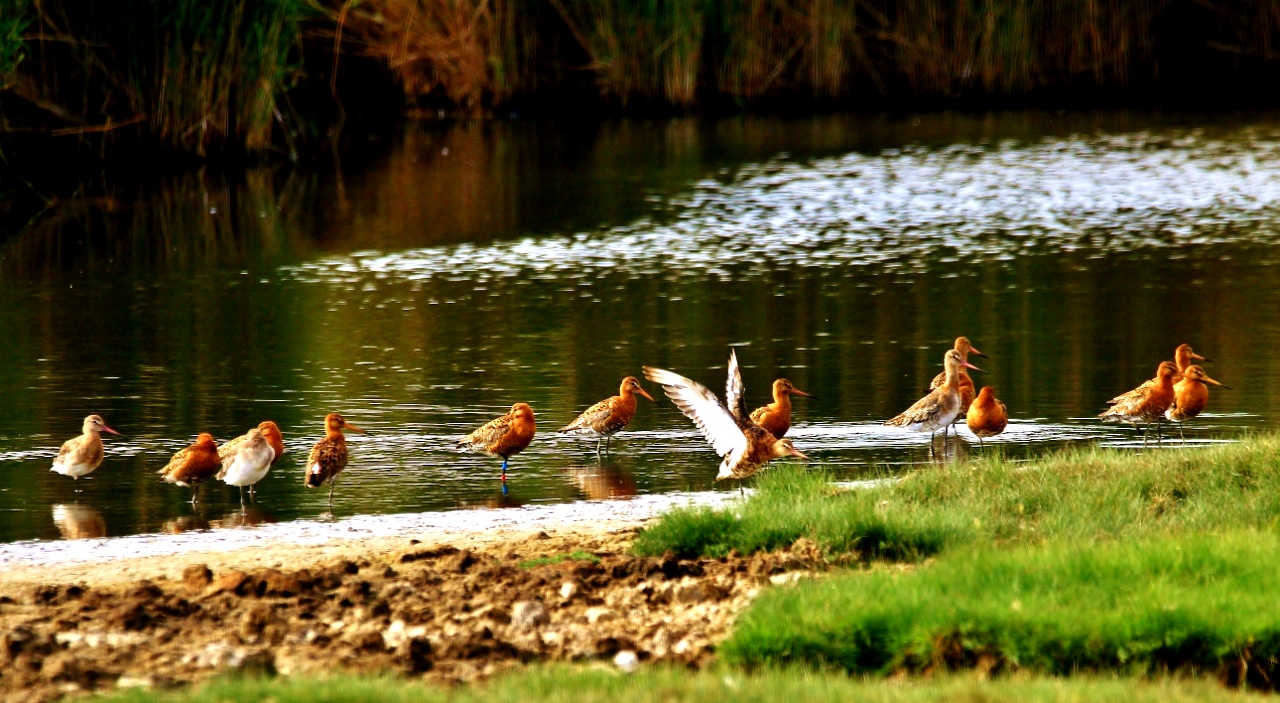
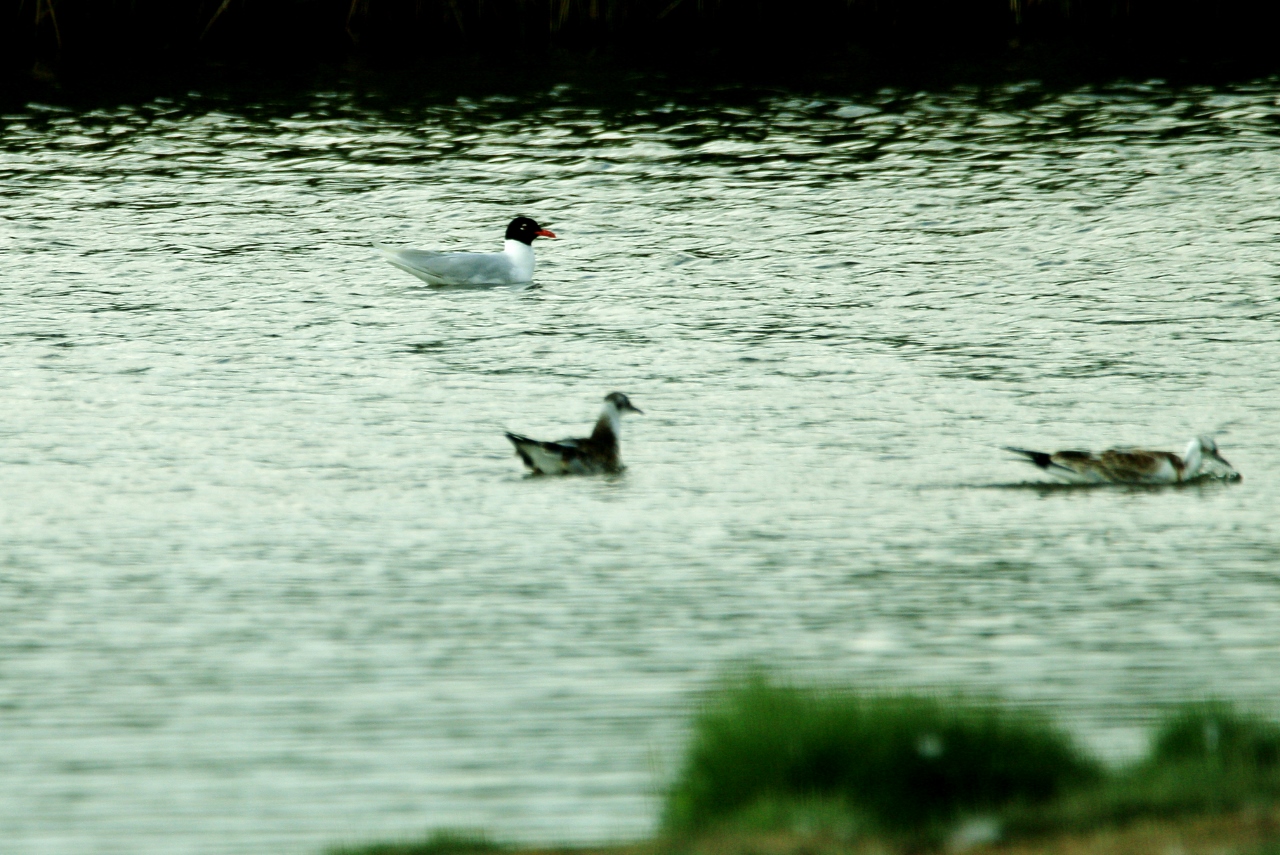
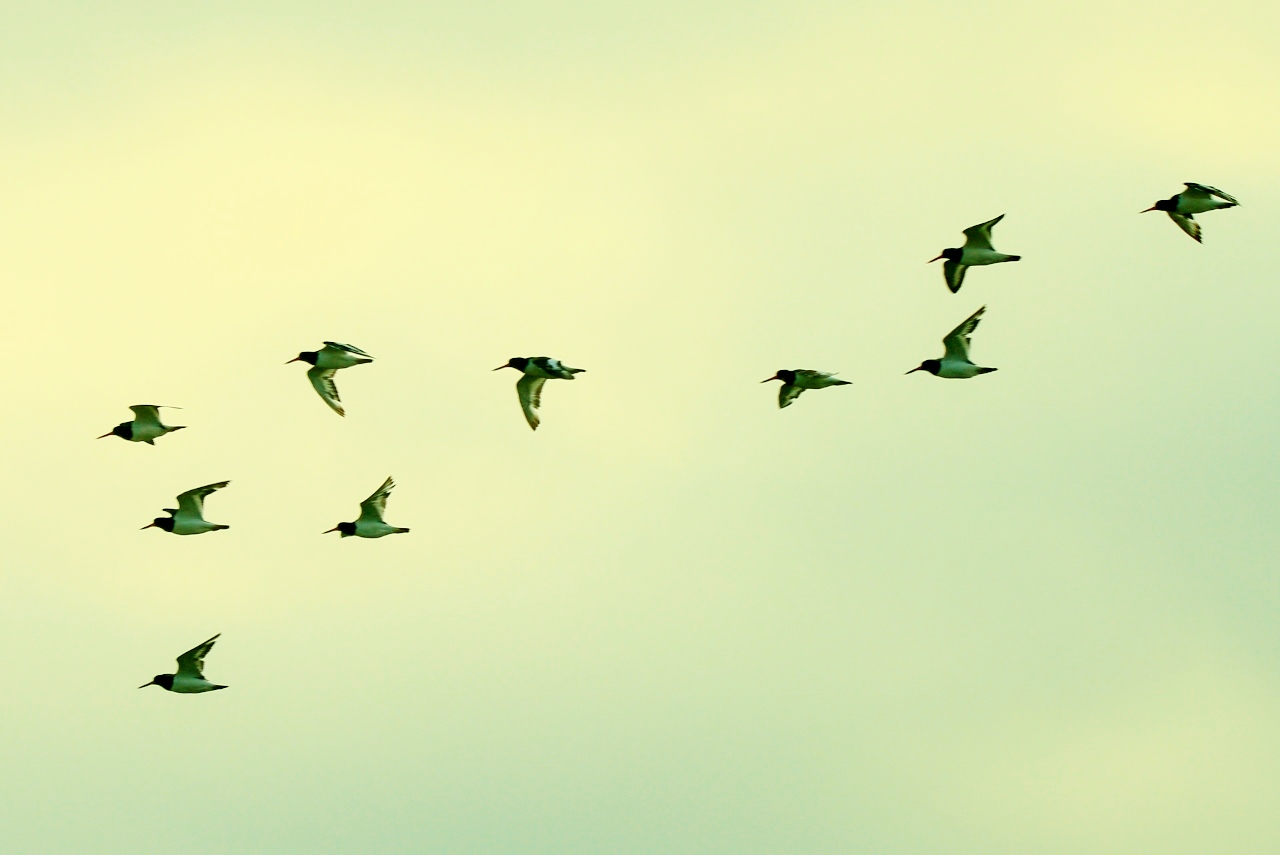


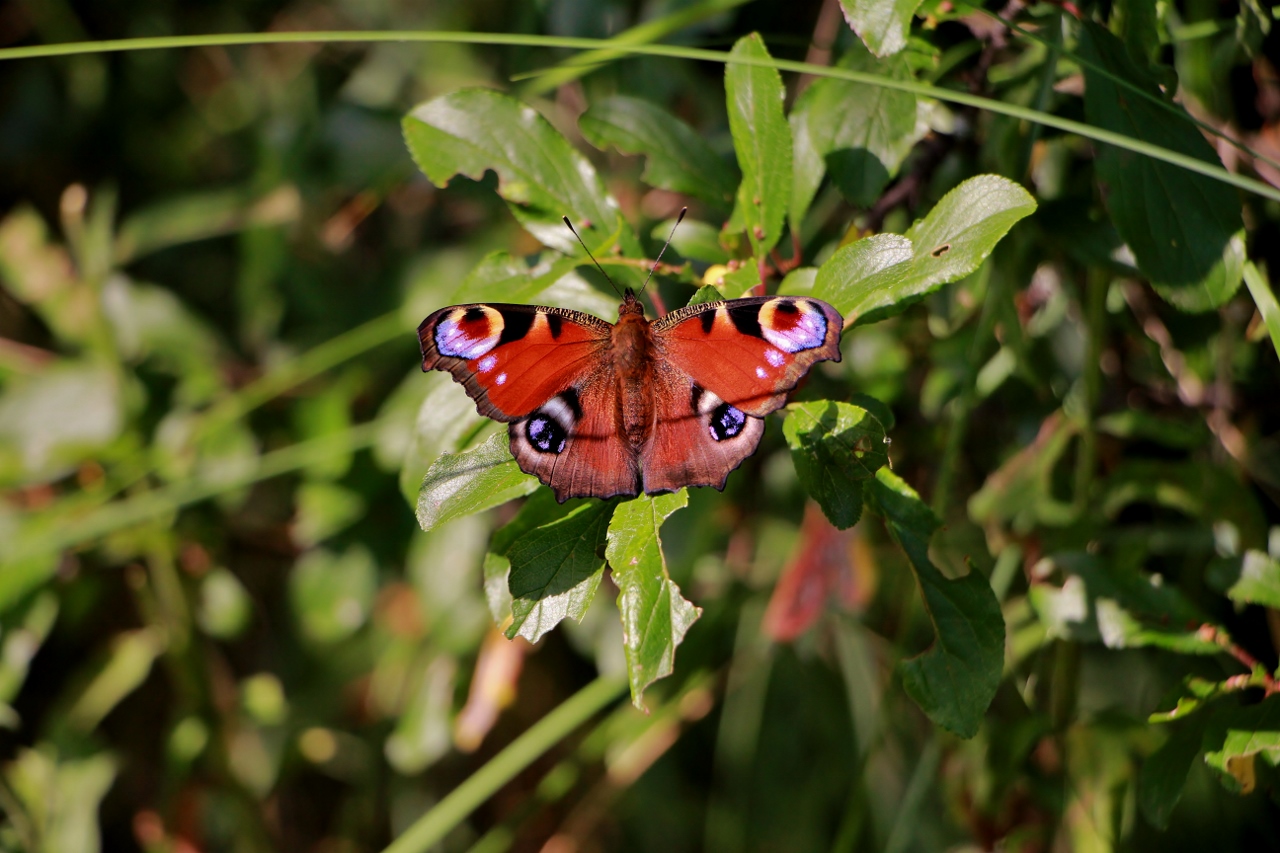
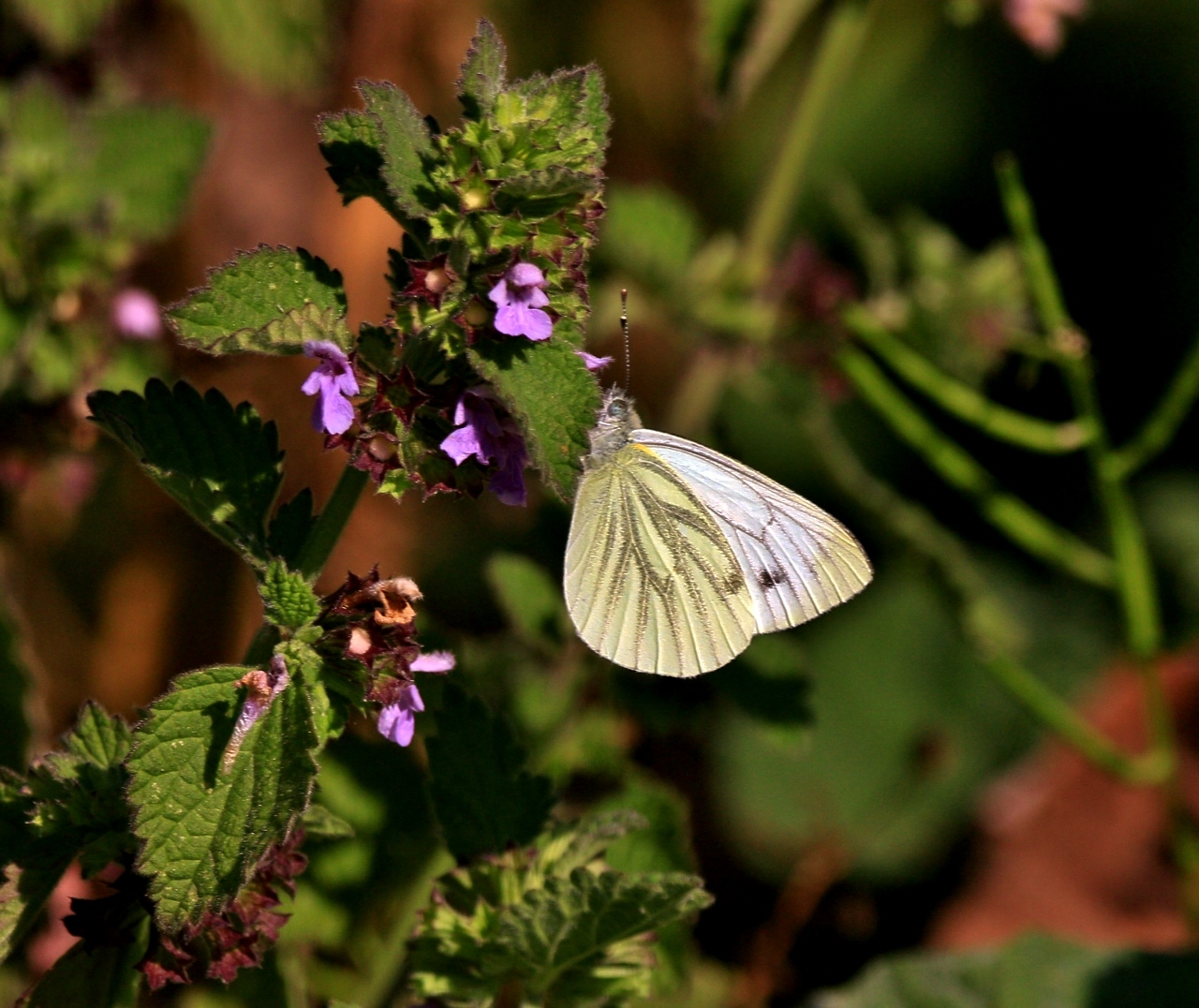
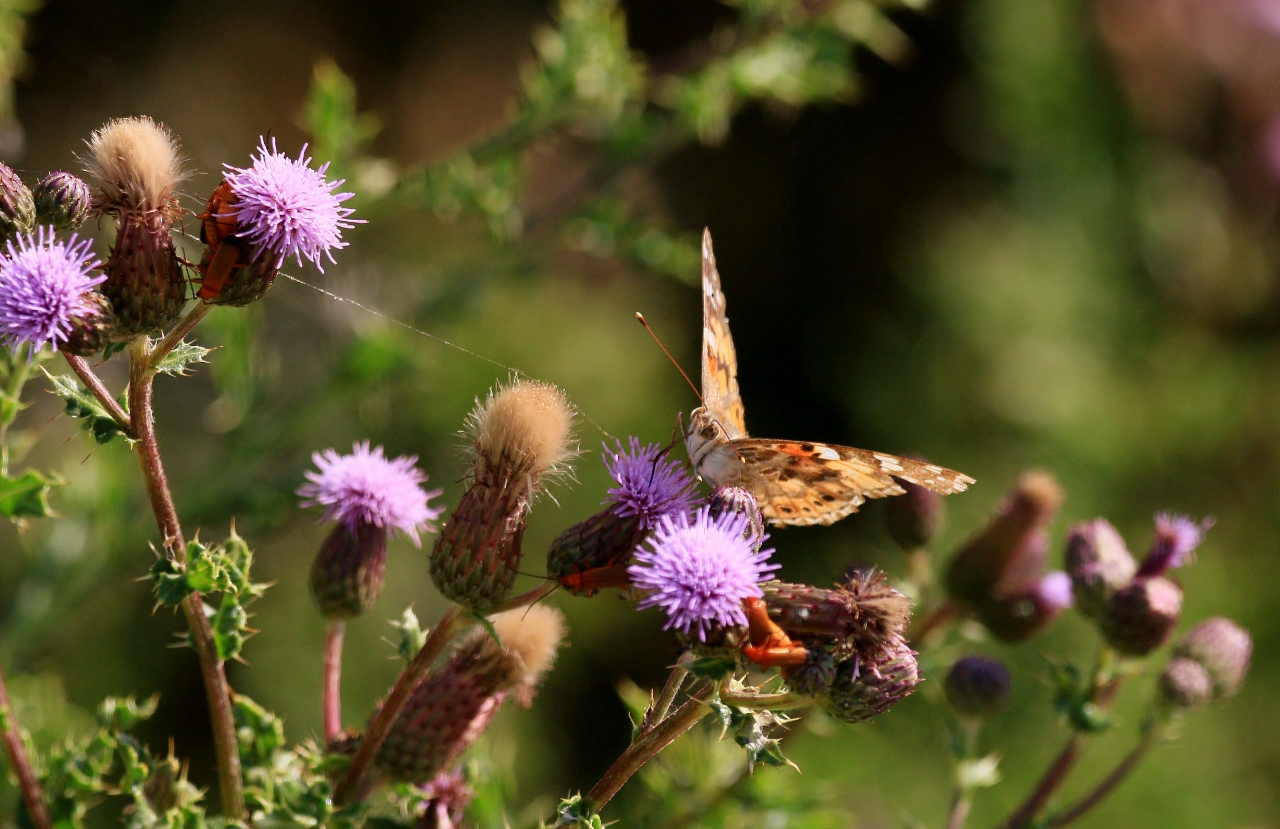
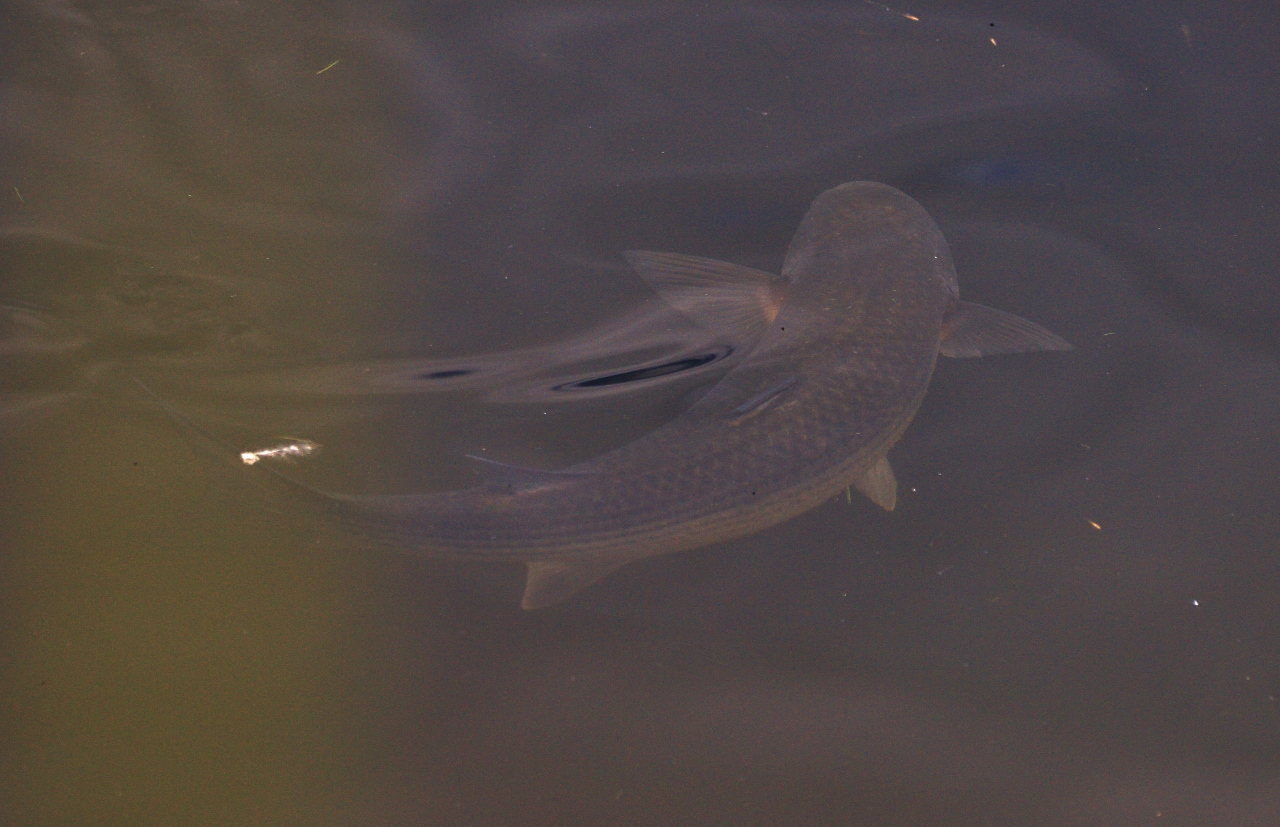
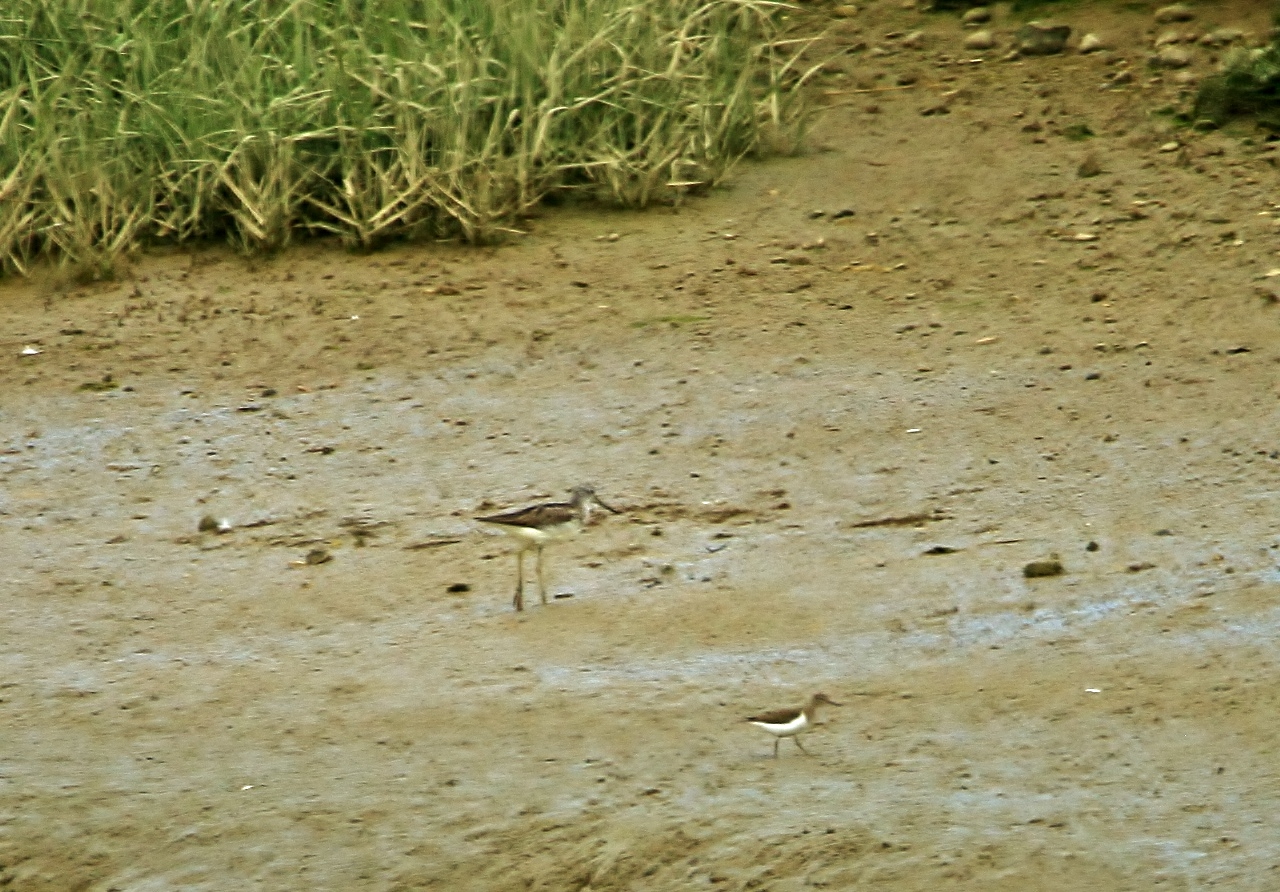
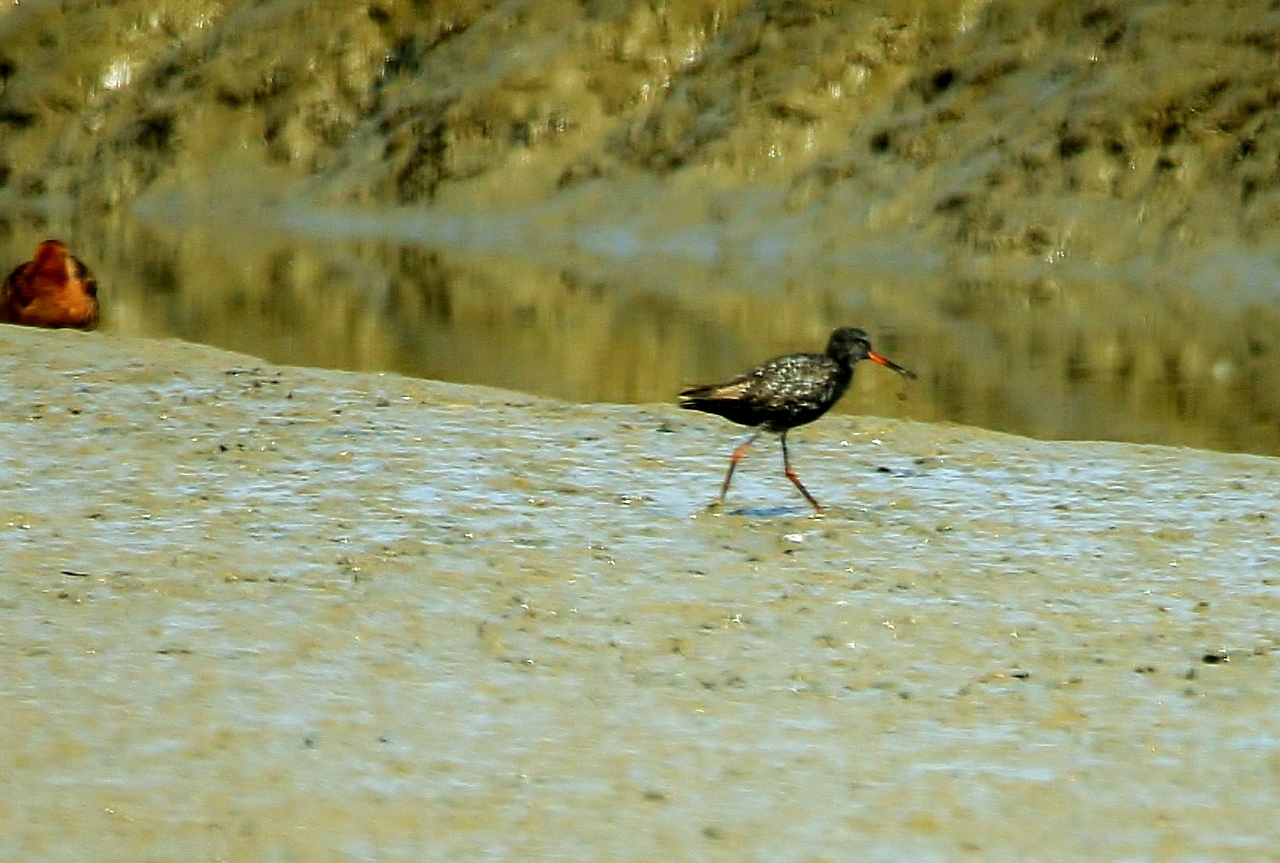
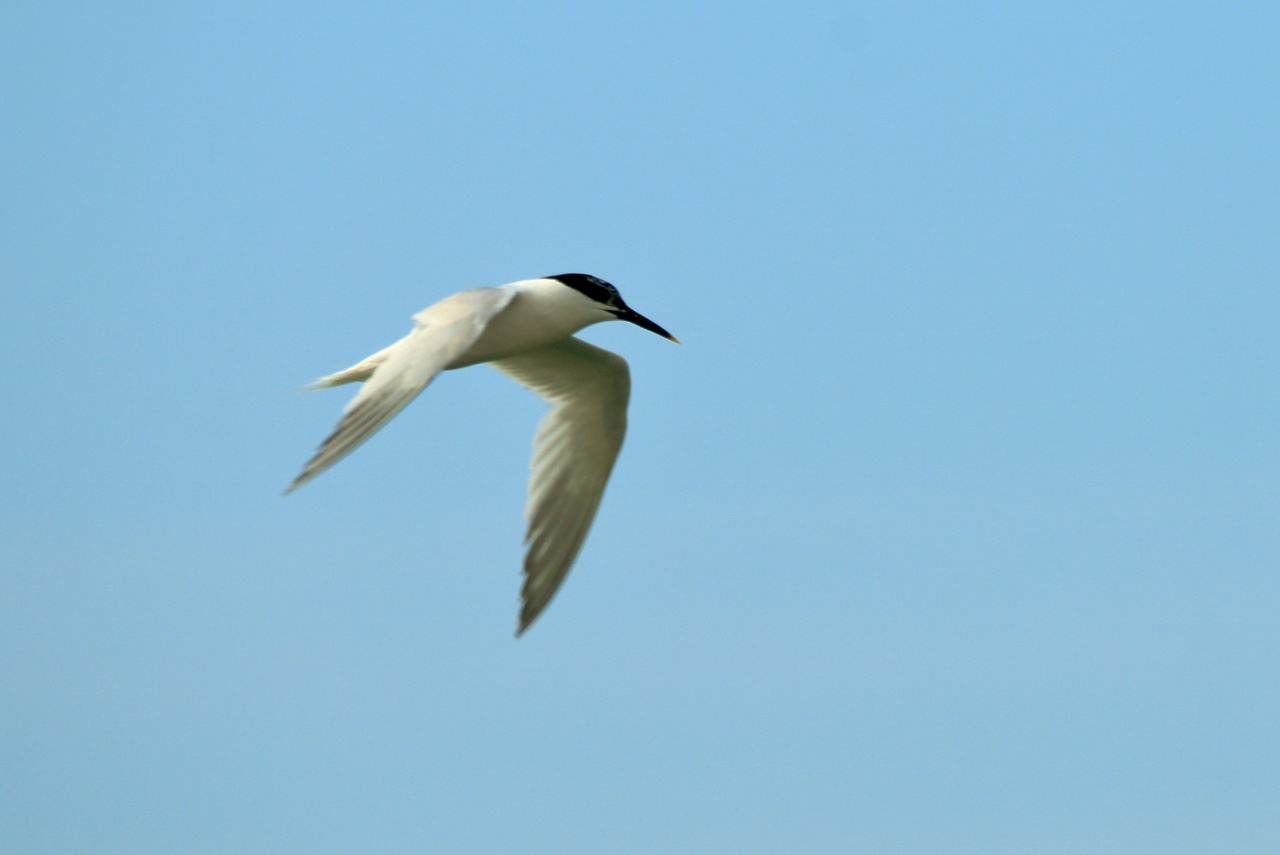



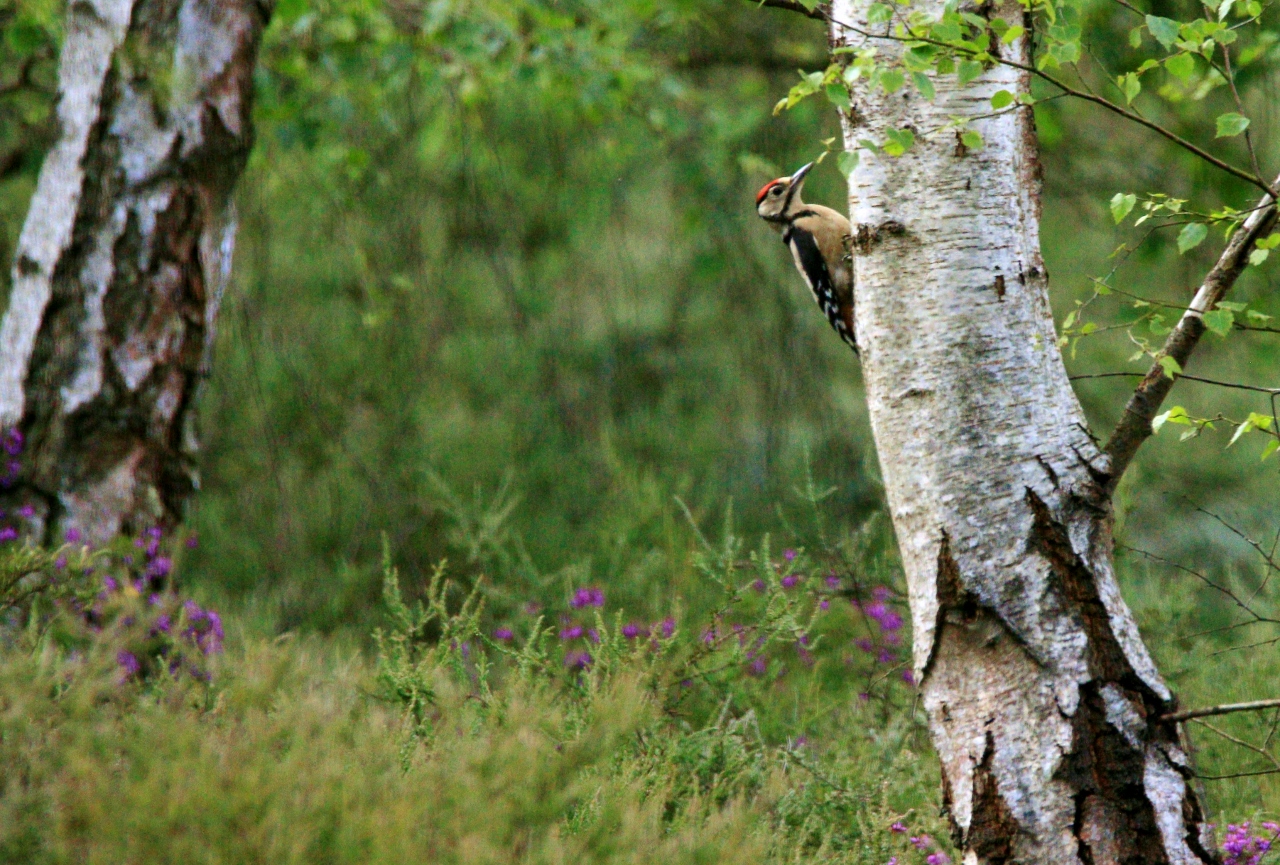
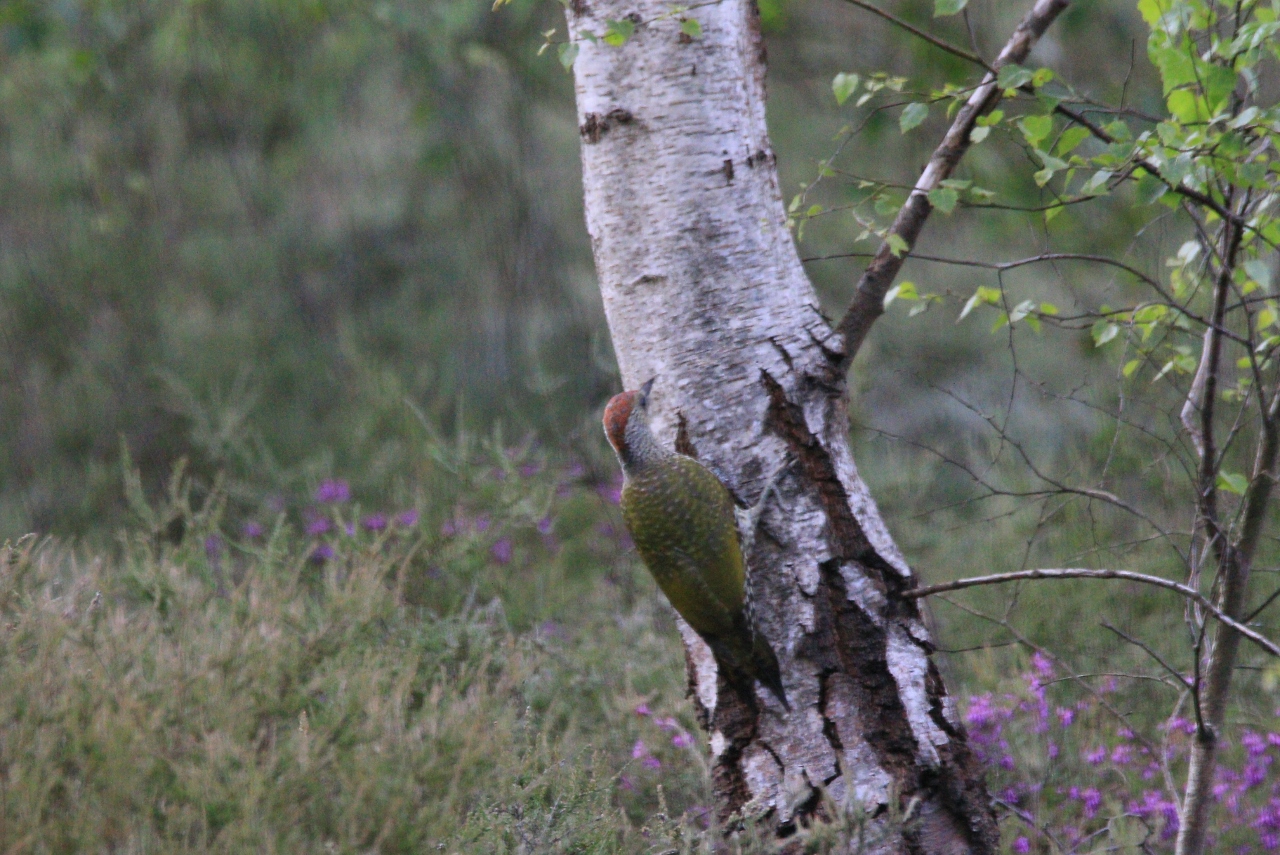

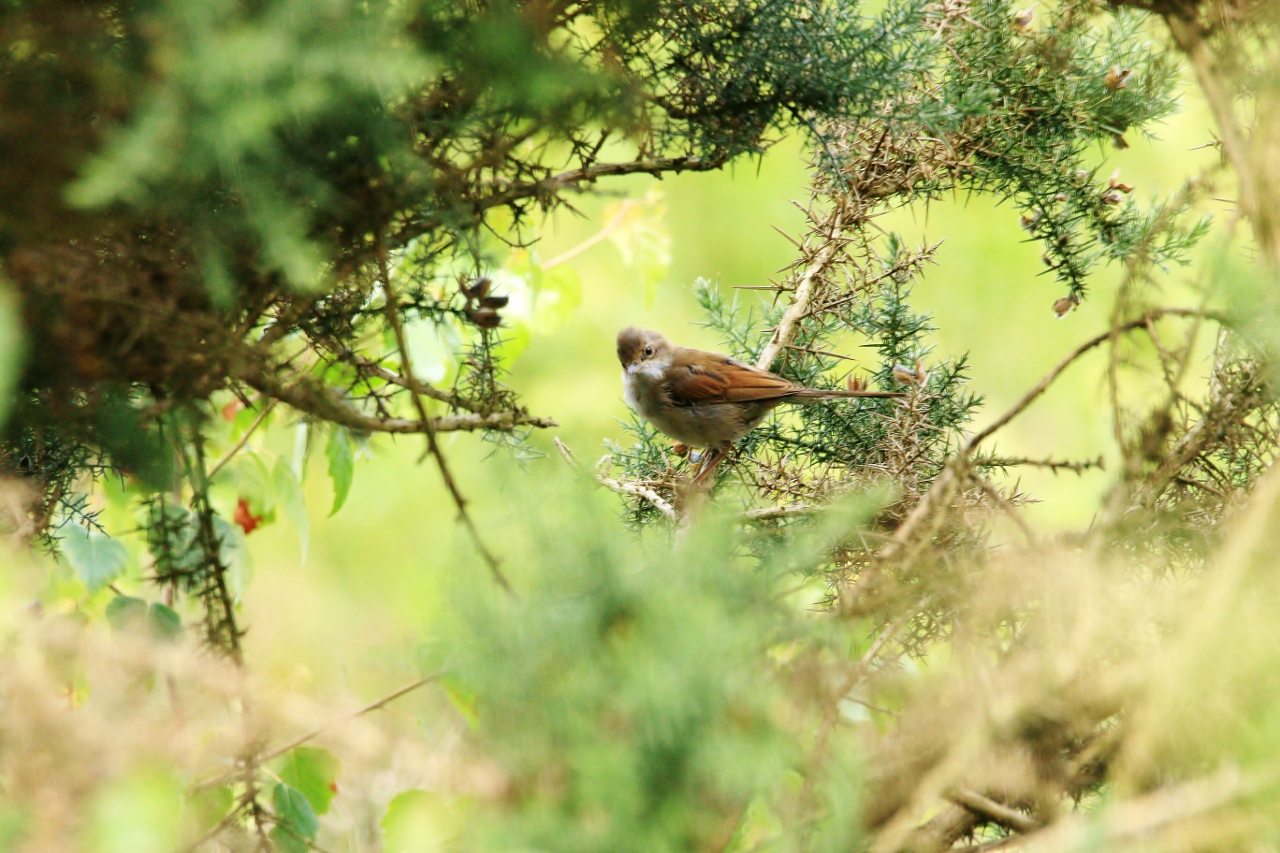
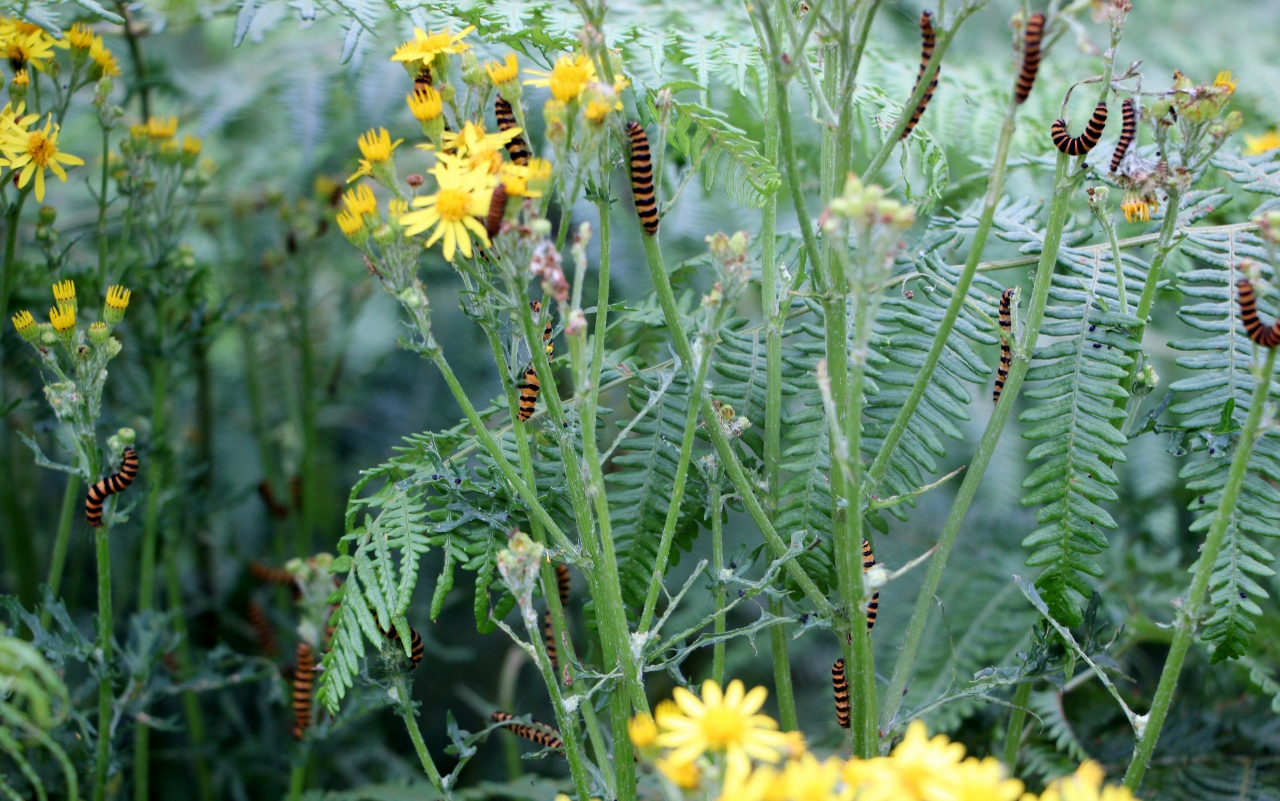
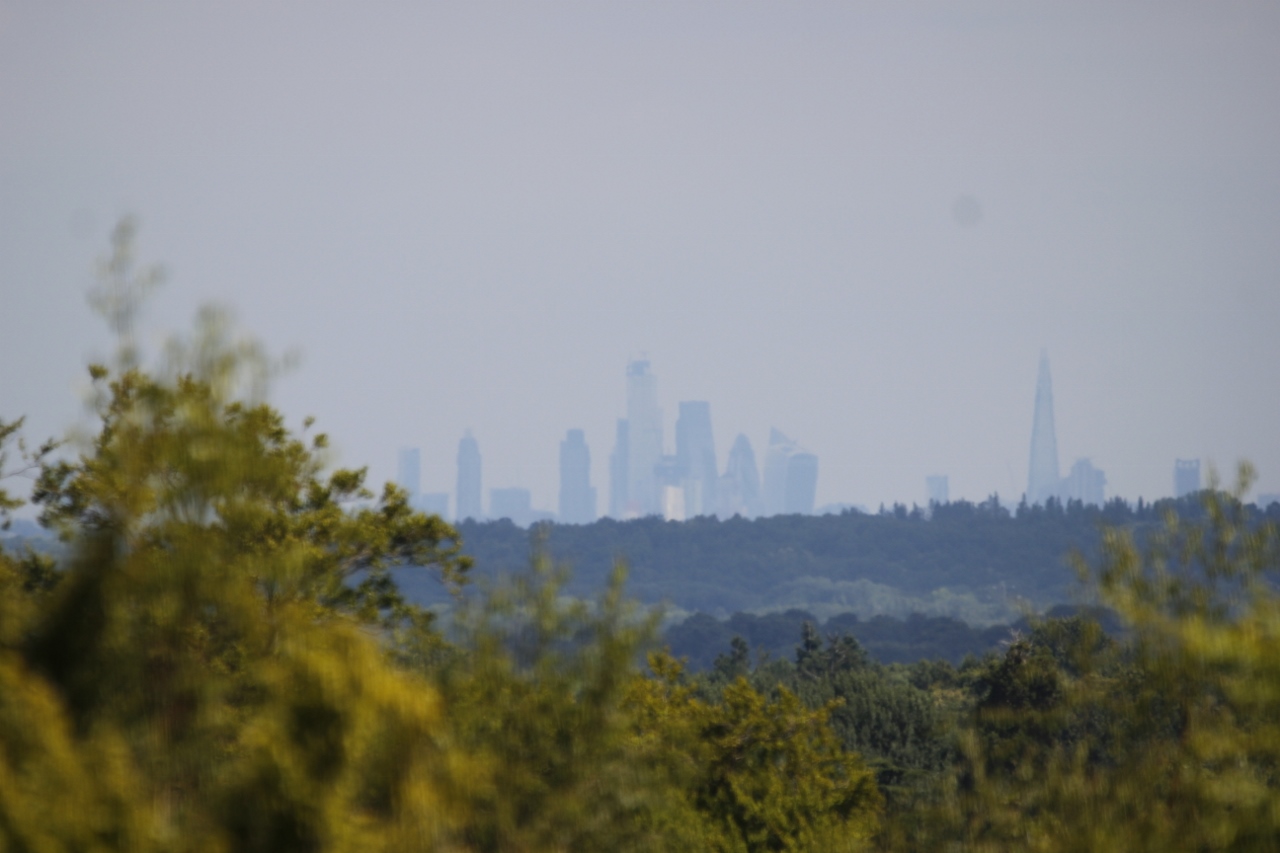
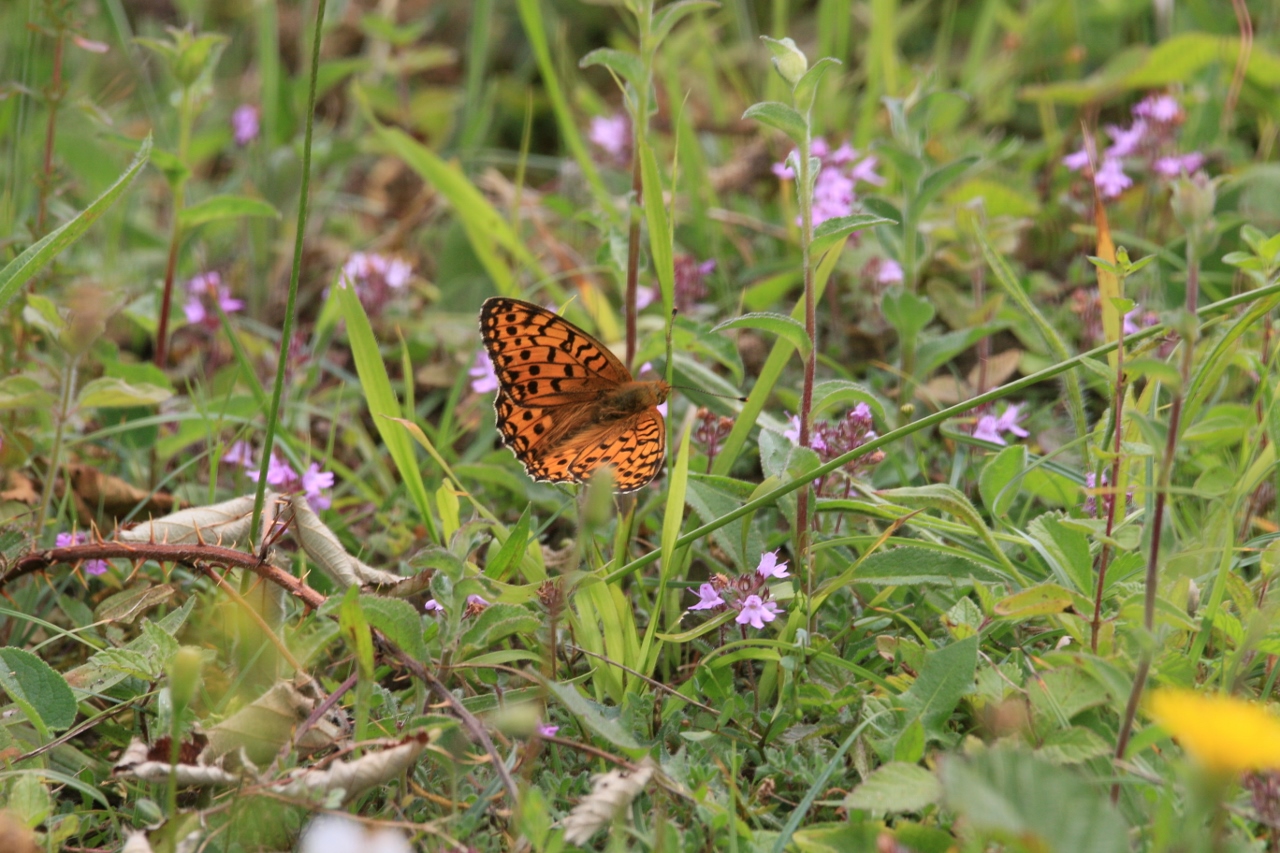
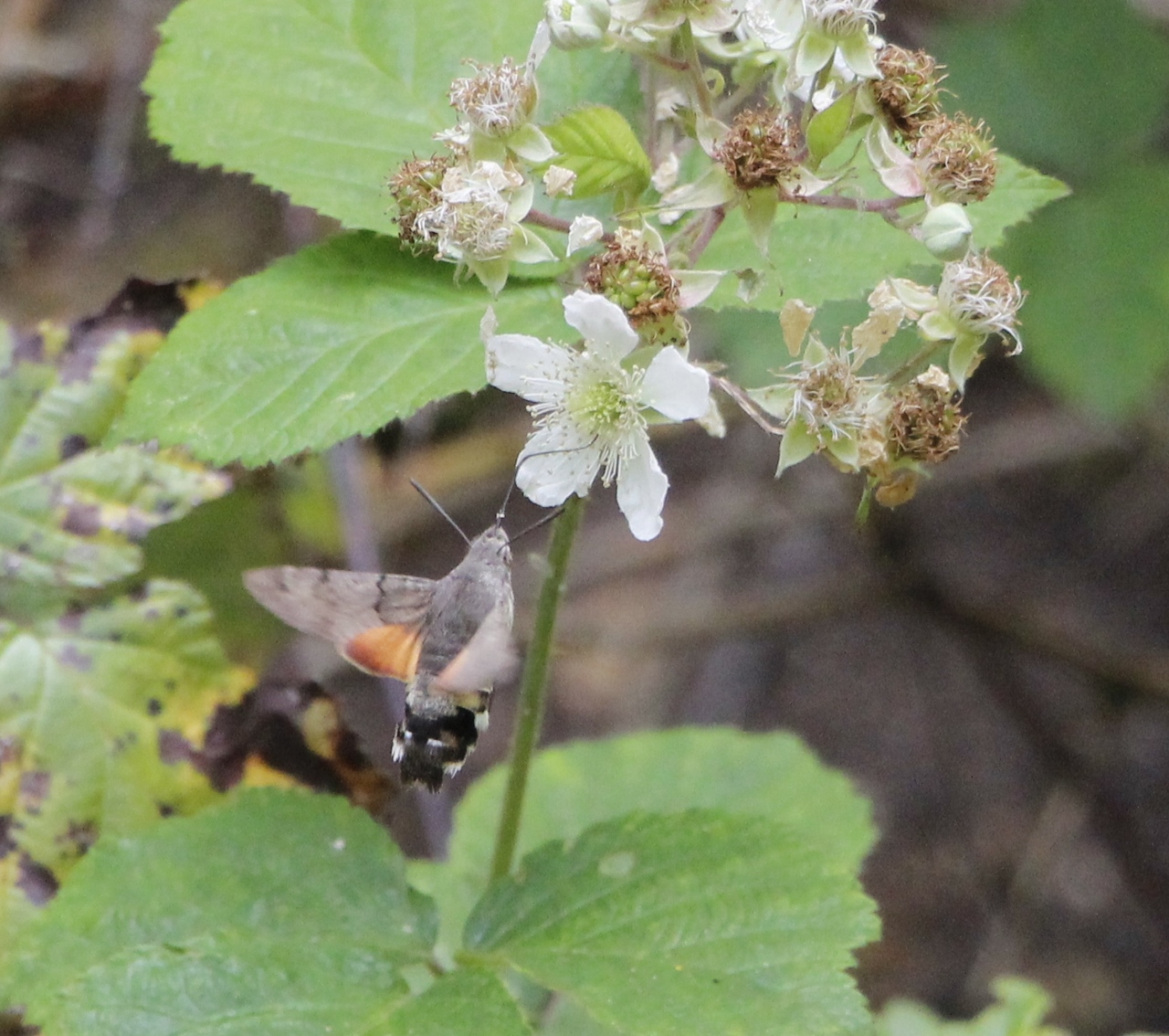
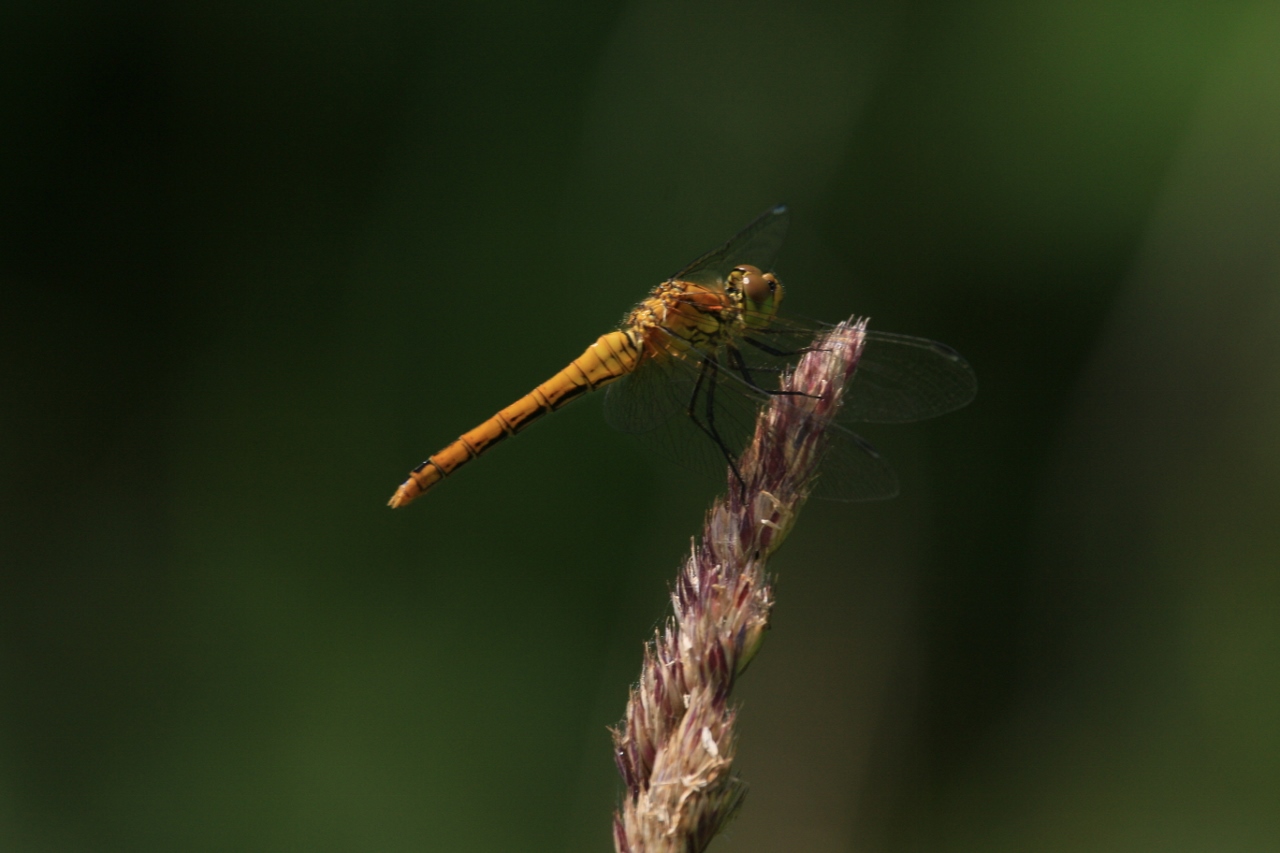
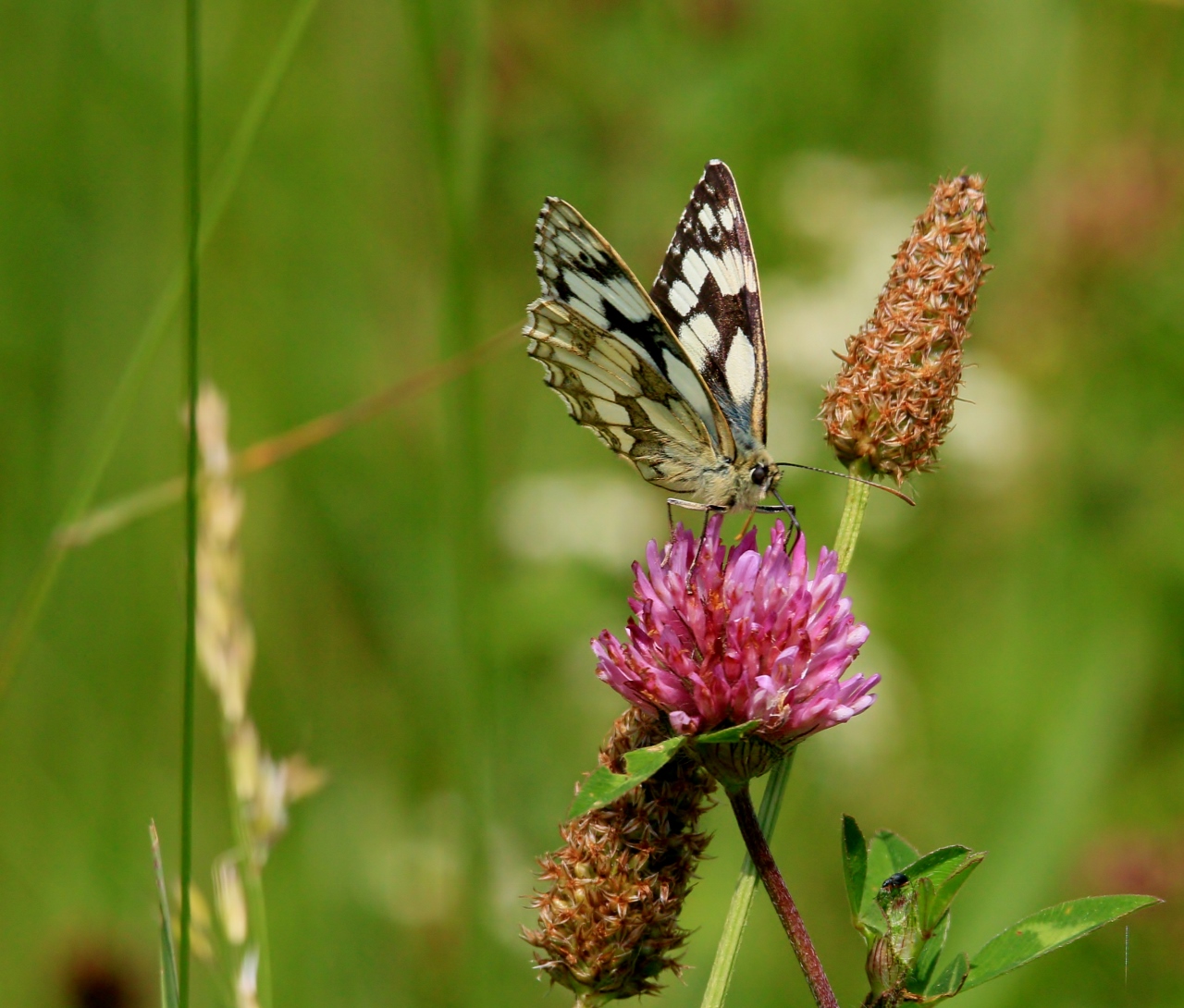


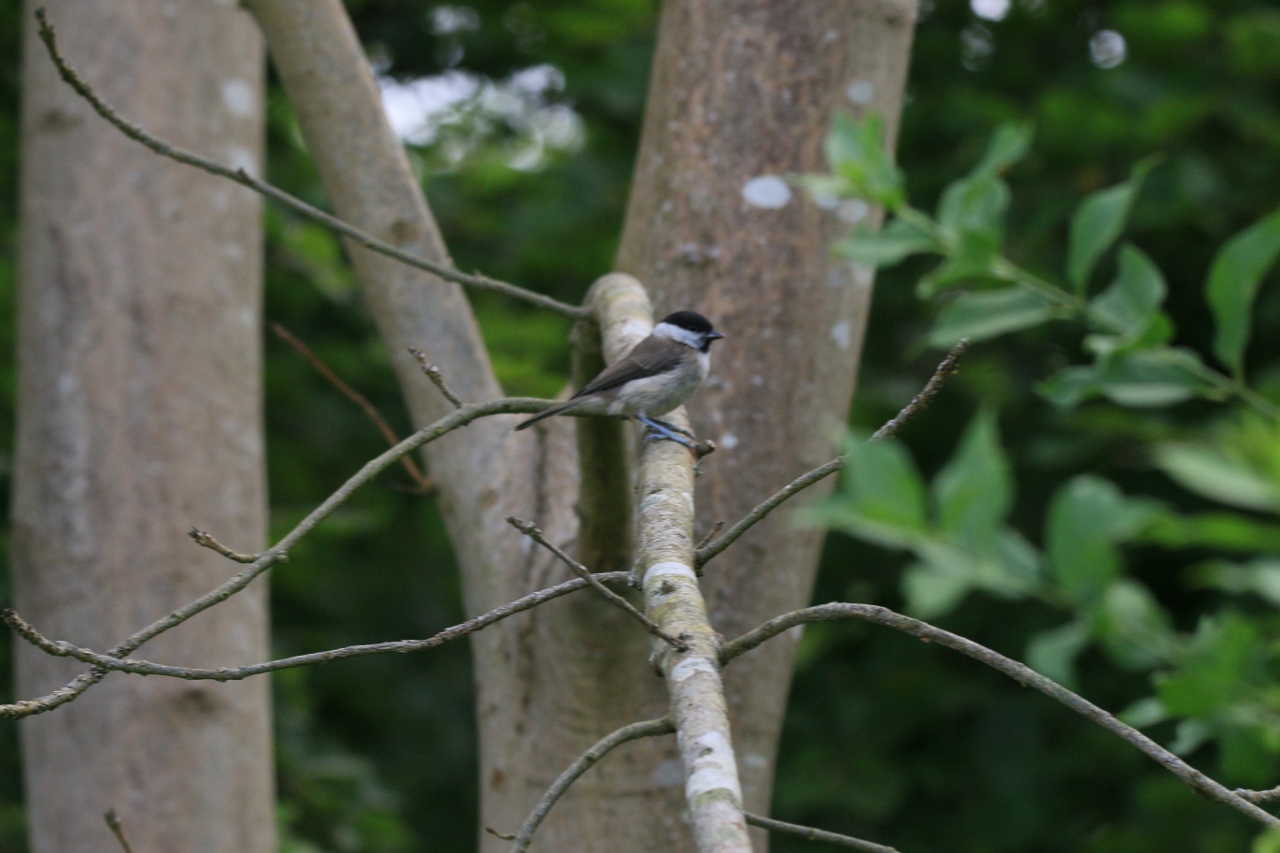
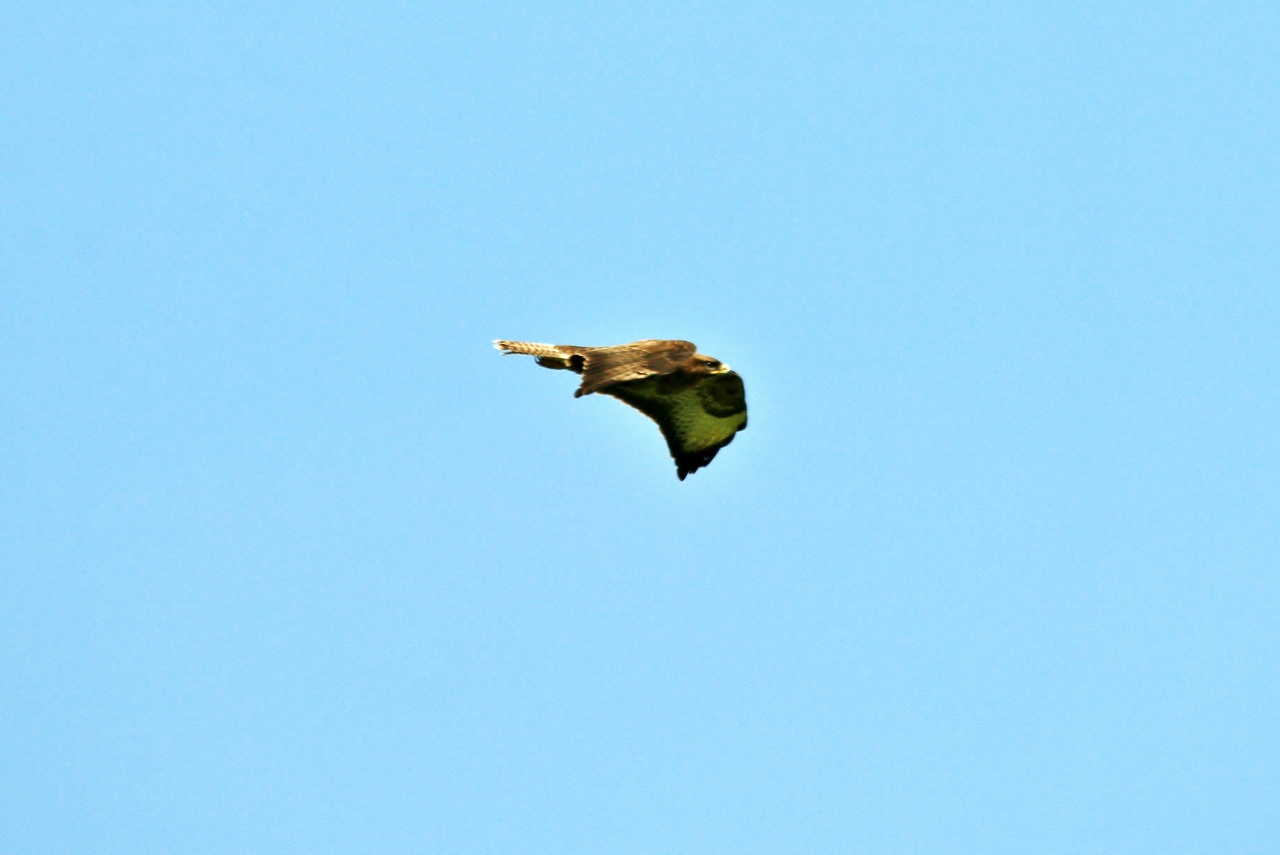
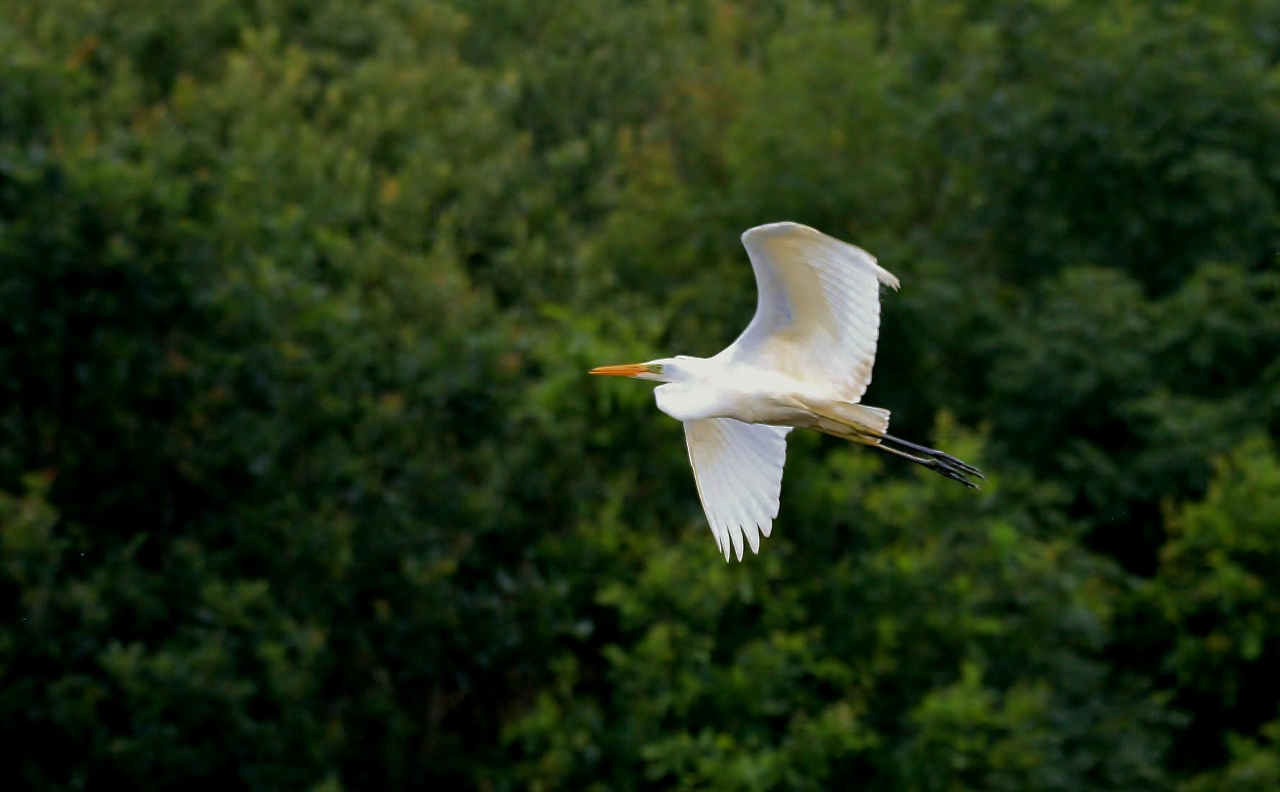


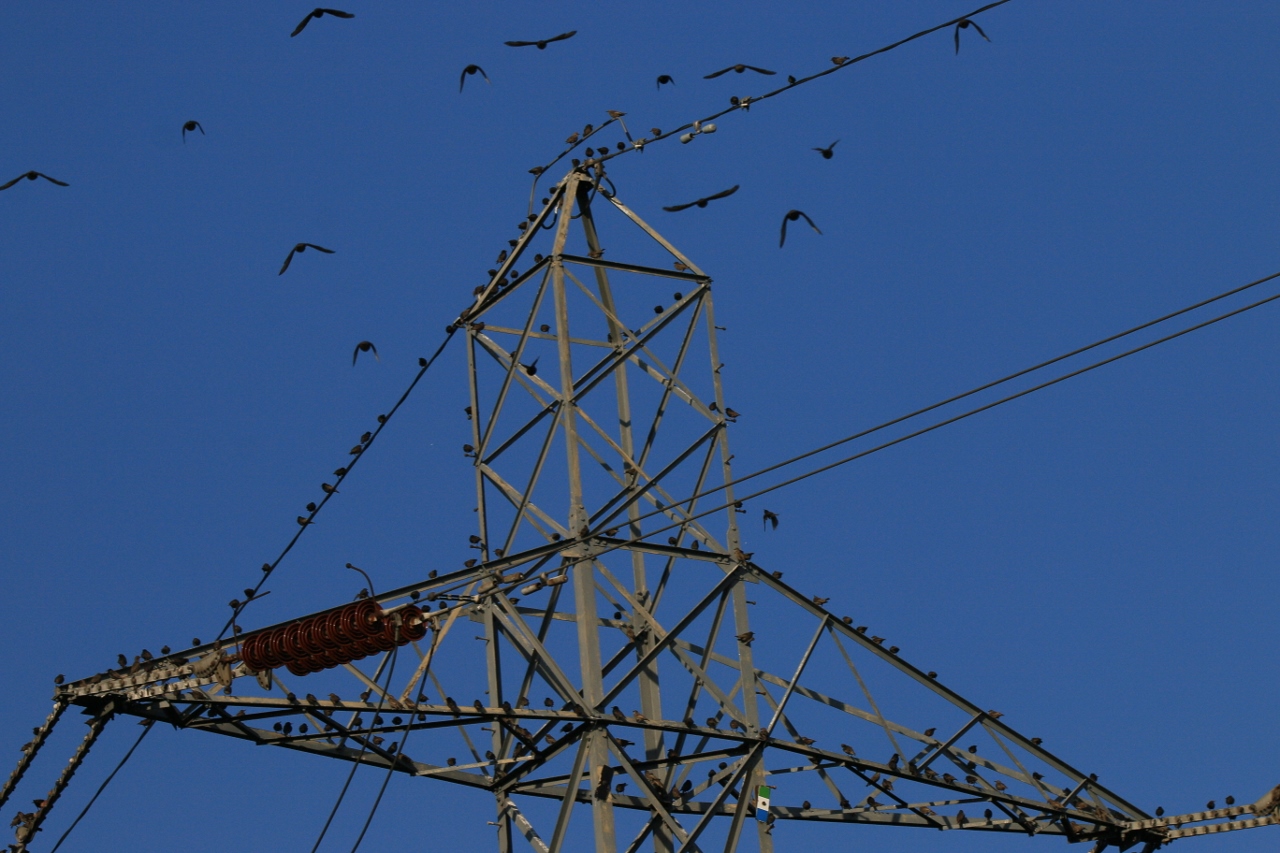
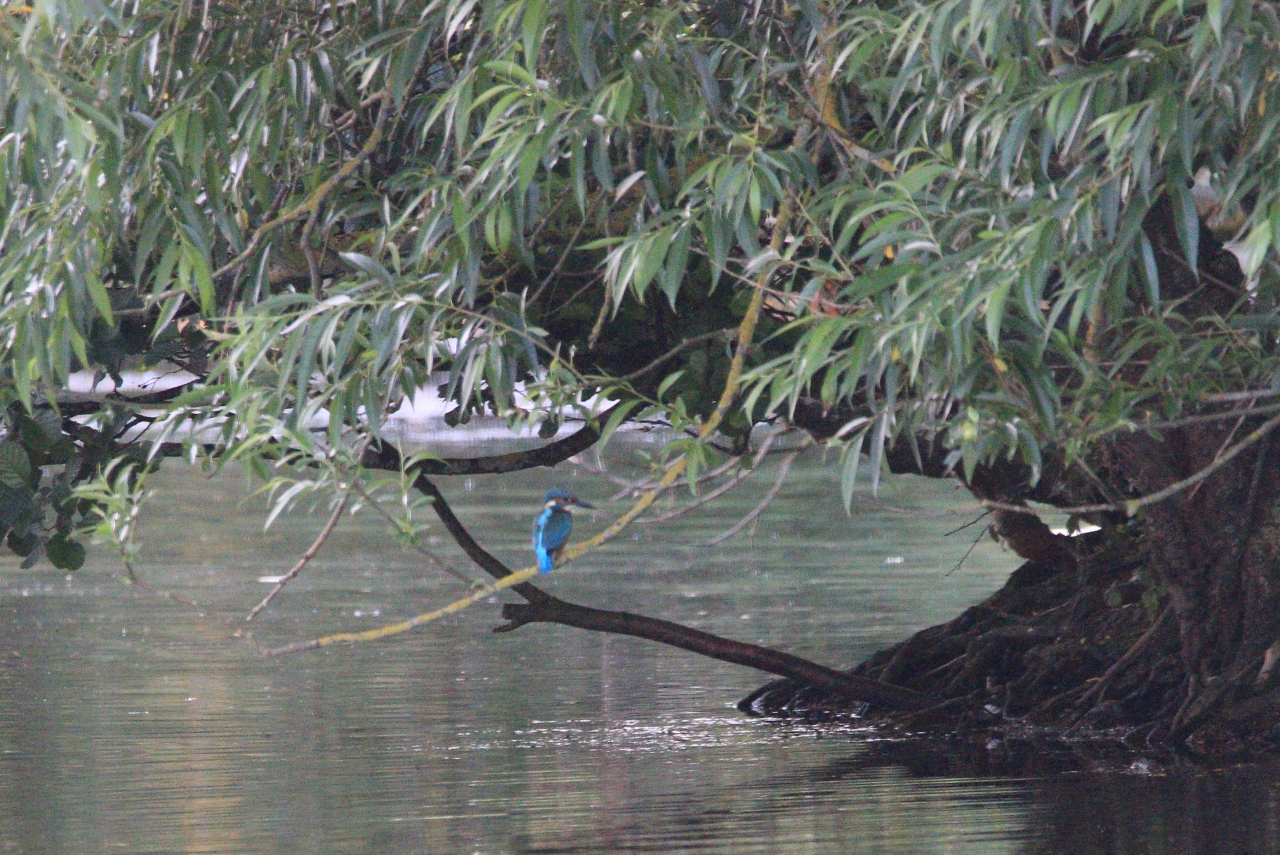
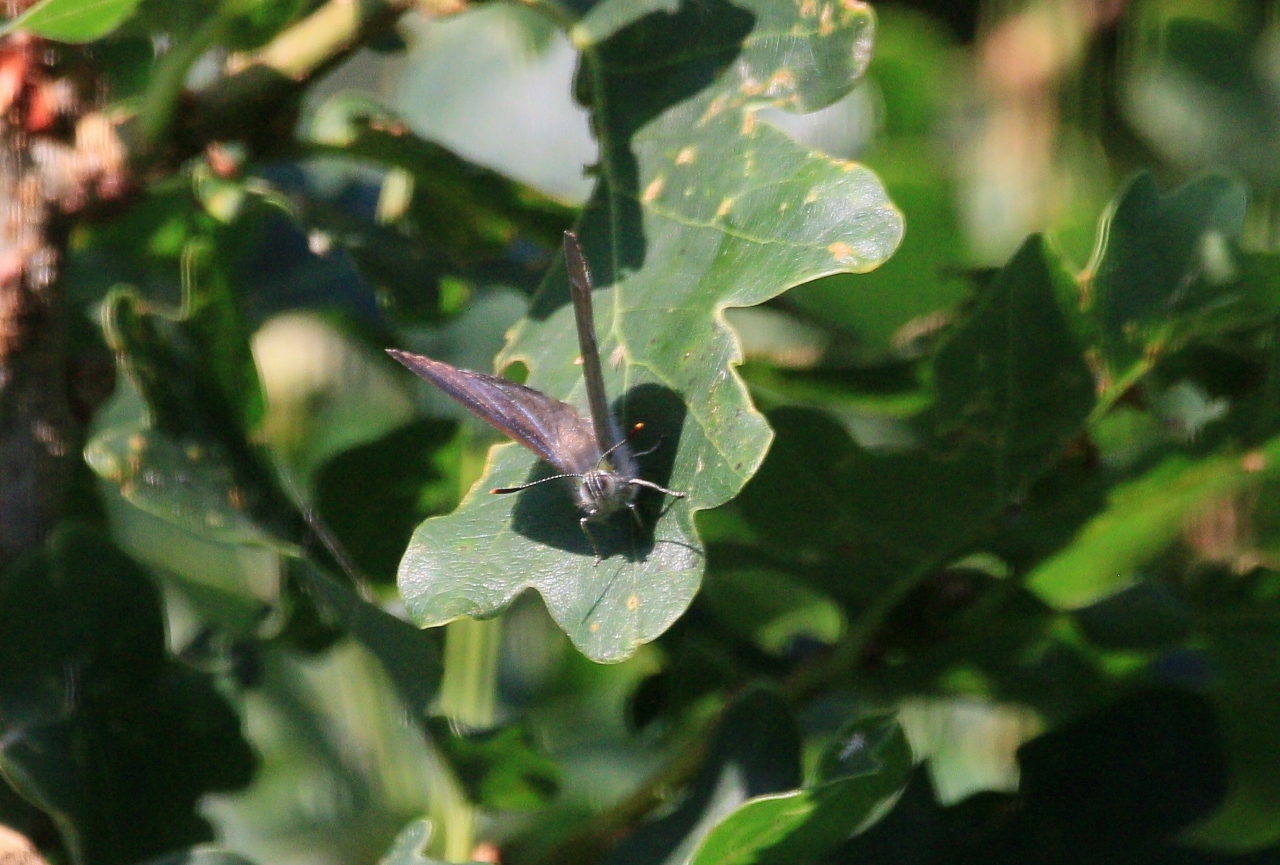



Recent Comments